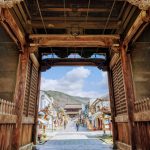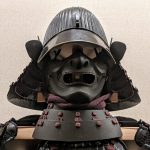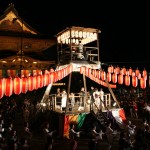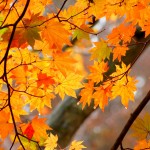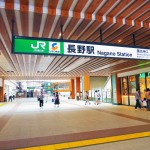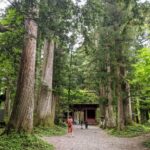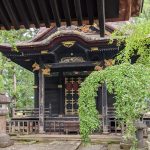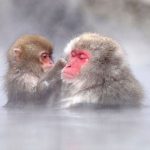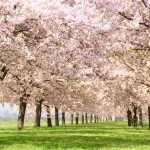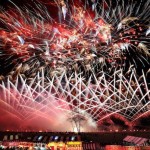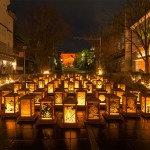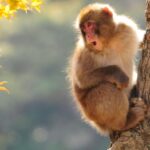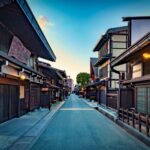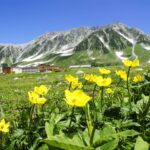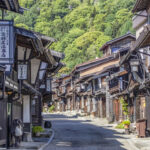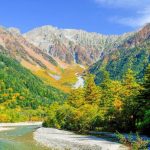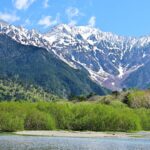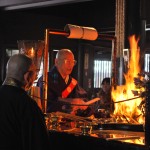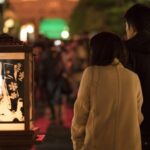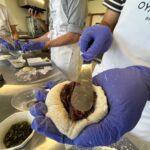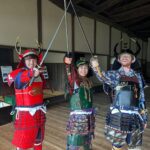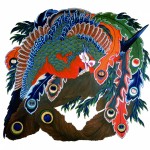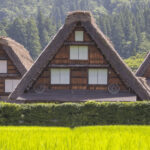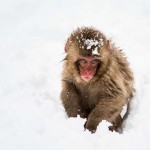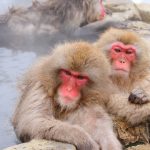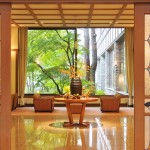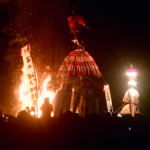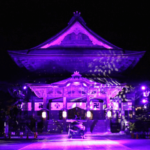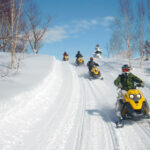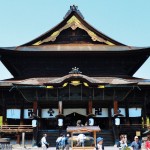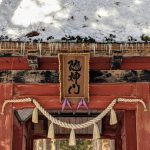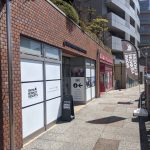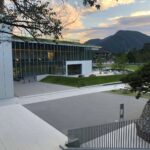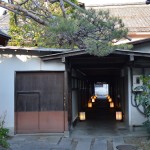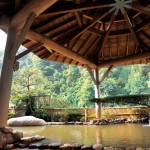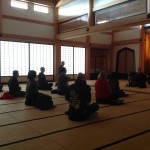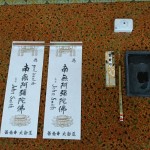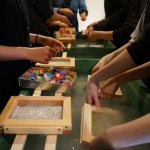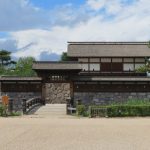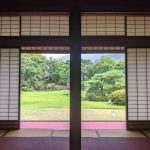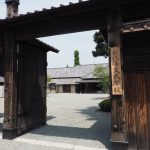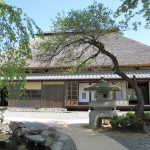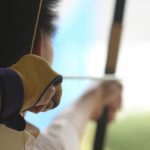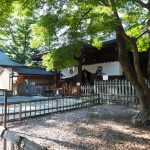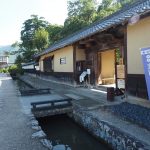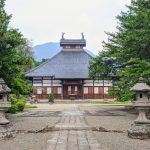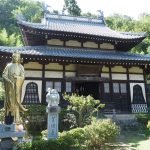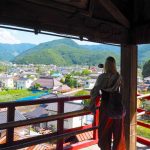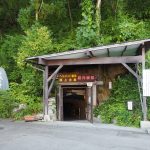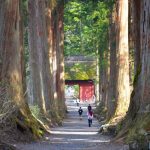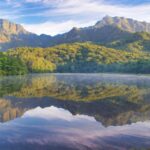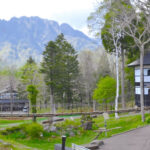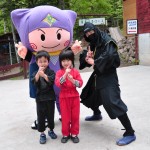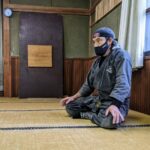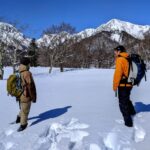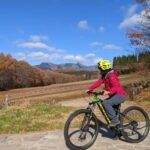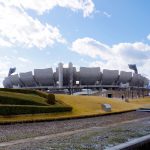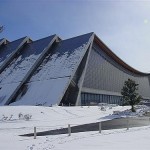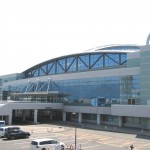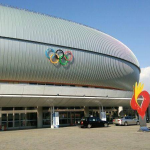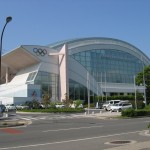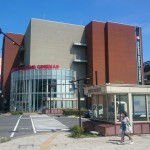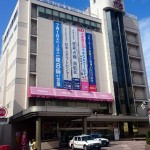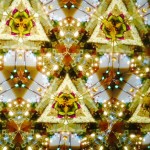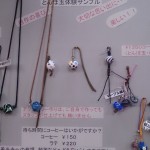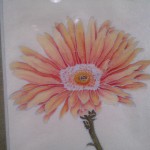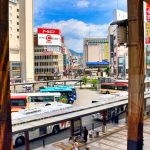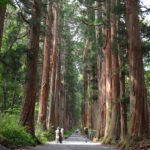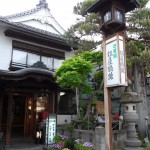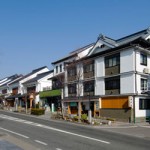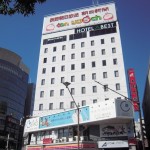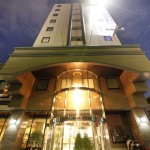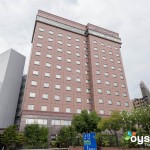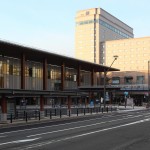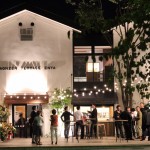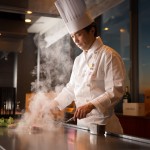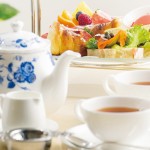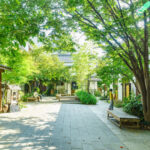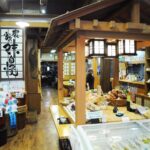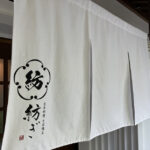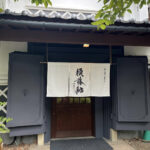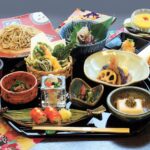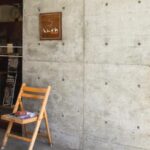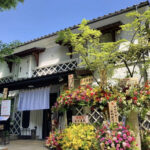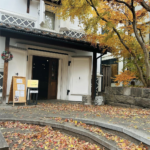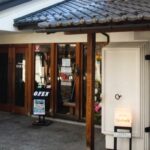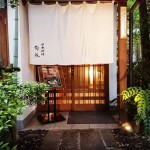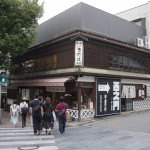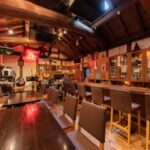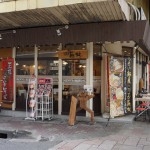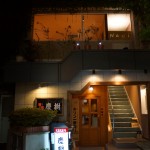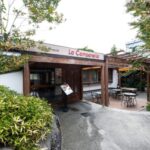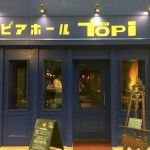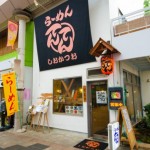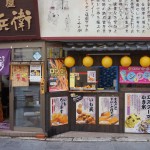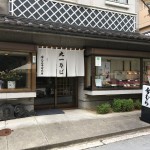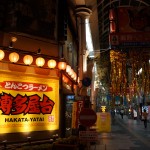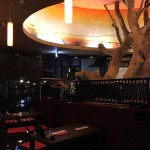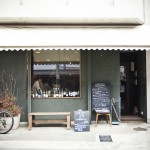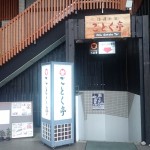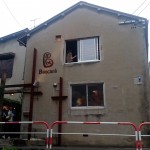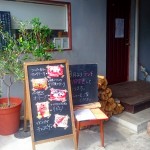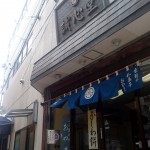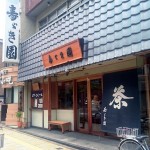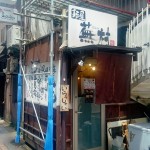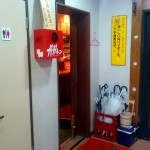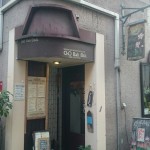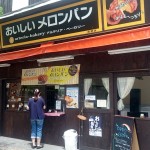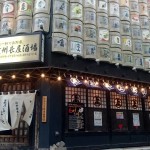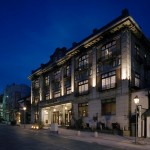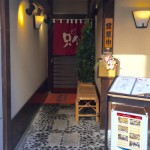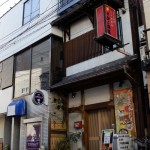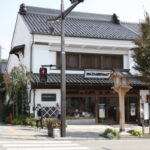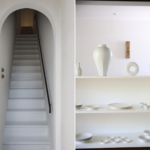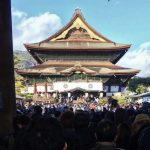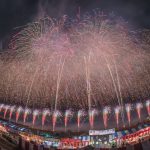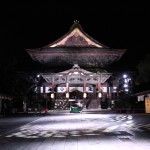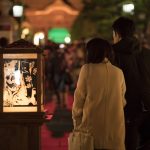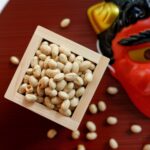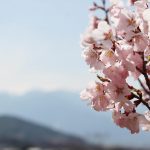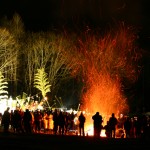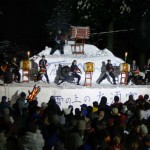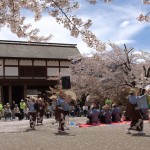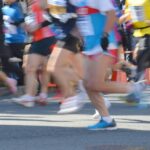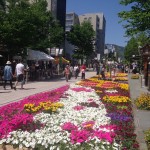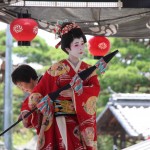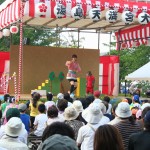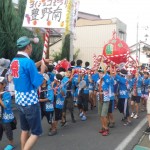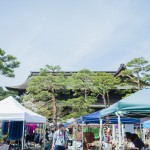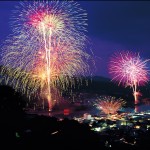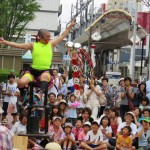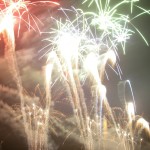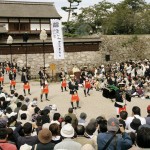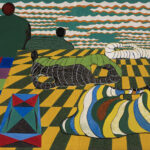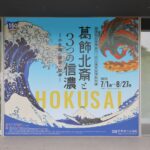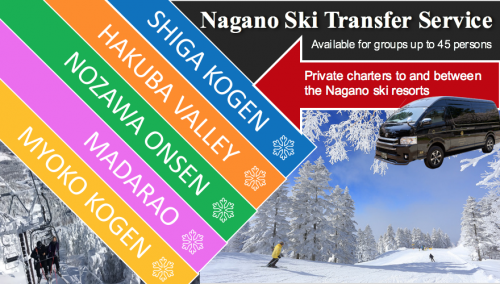Myoko-Togakushi Renzan National Park
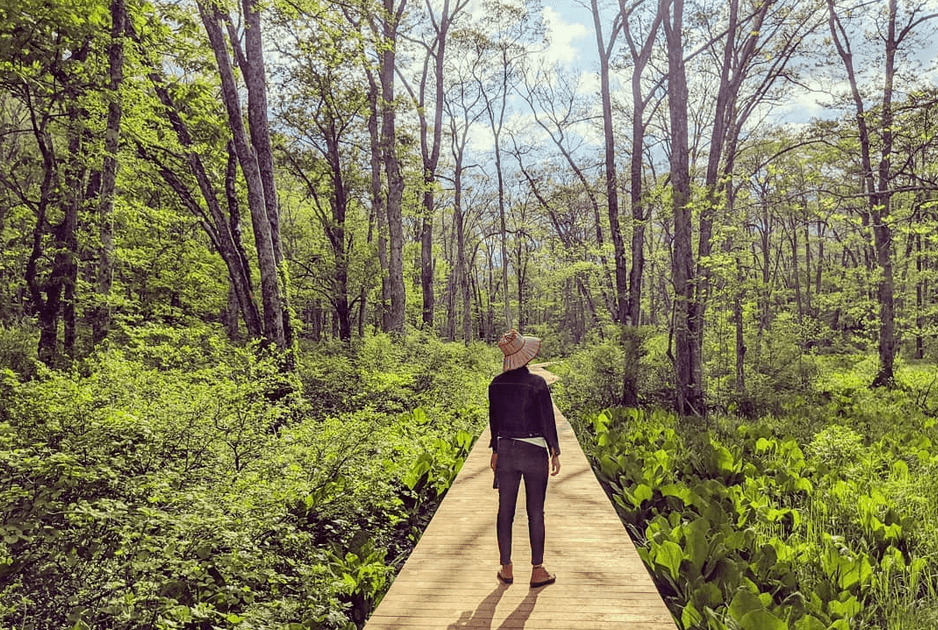
1 Day Tour
| 1-Day Togakushi Legends Tour: Hands-on Soba Noodles, Ninja Village, and Hidden Shrines | |
|
| |
| Period | July to November |
| Time | 09:35 – 17:20 |
| Meeting Place | Nagano Station Information Board |
| Adult Rate | ¥19,800 |
| Child Rate | ¥11,000 |

Declared a national park in 2015, Myoko-Togakushi Renzan National Park – 妙高戸隠国立公園 – is a relatively compact region within easy reach of Nagano City. Although small, the park is densely-packed mountainous area of forests, waterways, ski resorts and important mix natural/cultural sites. On this page you will find the following information:
— Wildlife
— Adventure Experiences in Myoko-Togakushi
— Accommodation inc. Hot Spring Villages
— Getting To & Around Myoko-Togakushi
— Tours & Charters to the Myoko-Togakushi Renzan National Park
Among its multiple peaks Mount Hiuchi is the tallest at 2,462 metres above sea level while the park takes its names from the peaks of Mount Myoko and Mount Togakushi. An active volcano, Mount Myoko lies close to Japan’s north coast and as such, typically receives as huge amount of snow each winter as storms move in across the Sea of Japan from Siberia. The collective ski resorts making-up Myoko Kogen offer some of the deepest powder in the world and some truly epic side and backcountry skiing and snowboarding, while from late-spring to autumn the multiple mountain peaks of the park offer some truly great hiking along with fantastic nature and wildlife photography.
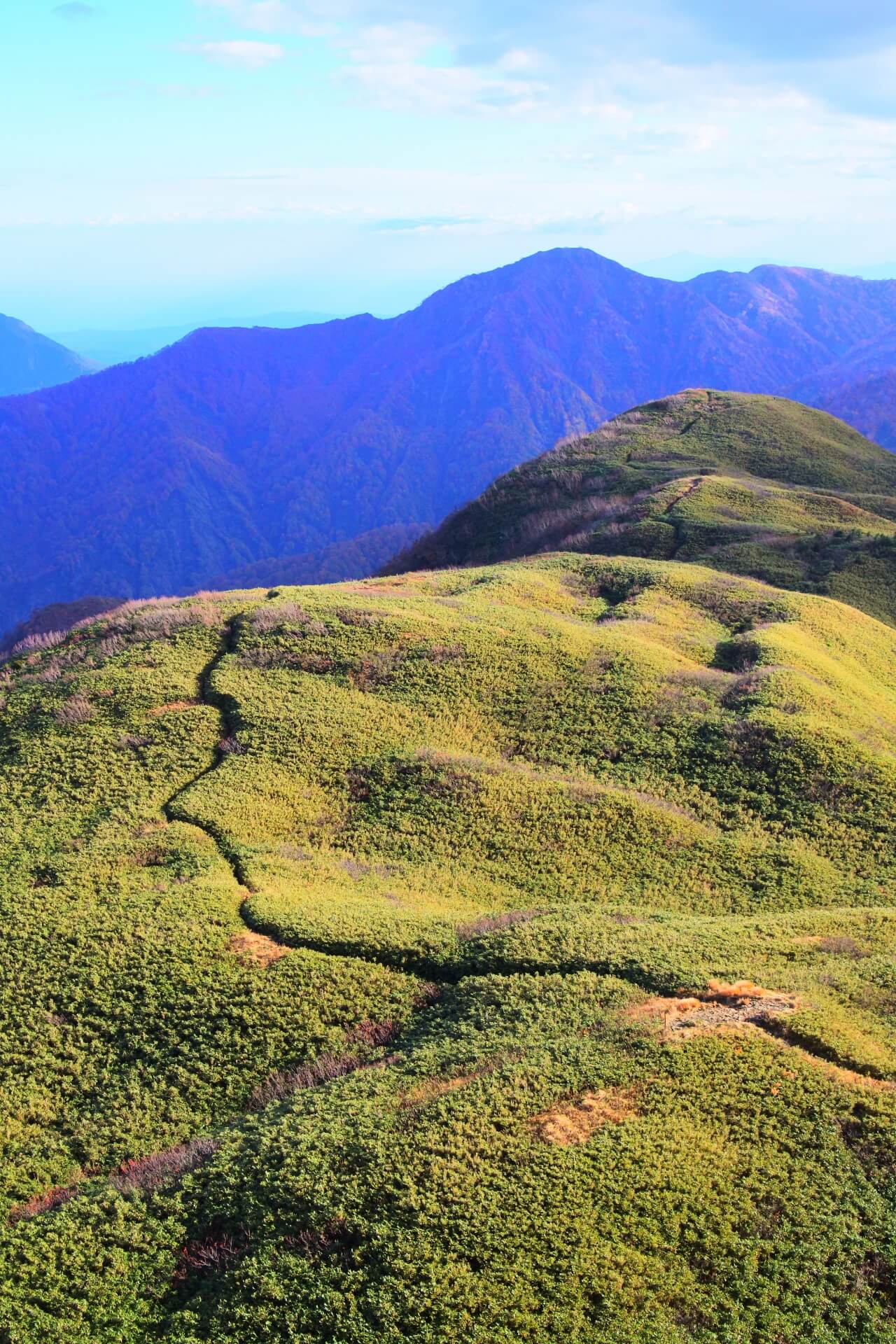
In the southern half of the park and within the boundary of Nagano City, the area around Mount Togakushi is home of some of Japan’s most important Shinto shrines, traditional guesthouses, a legendary tradition of ninja and an authentic mountain culture that lives on with pride.

Visitors to Myoko-Togakushi Renzan National Park can experience Japan’s long tradition of nature worship and the principles that underlie its native religion of Shintoism, while enjoying some of Japan’s best hiking, mountaineering and wildlife with Togakushi renowned as one of the country’s best bird-watching destinations.
THE STATS & FACTS
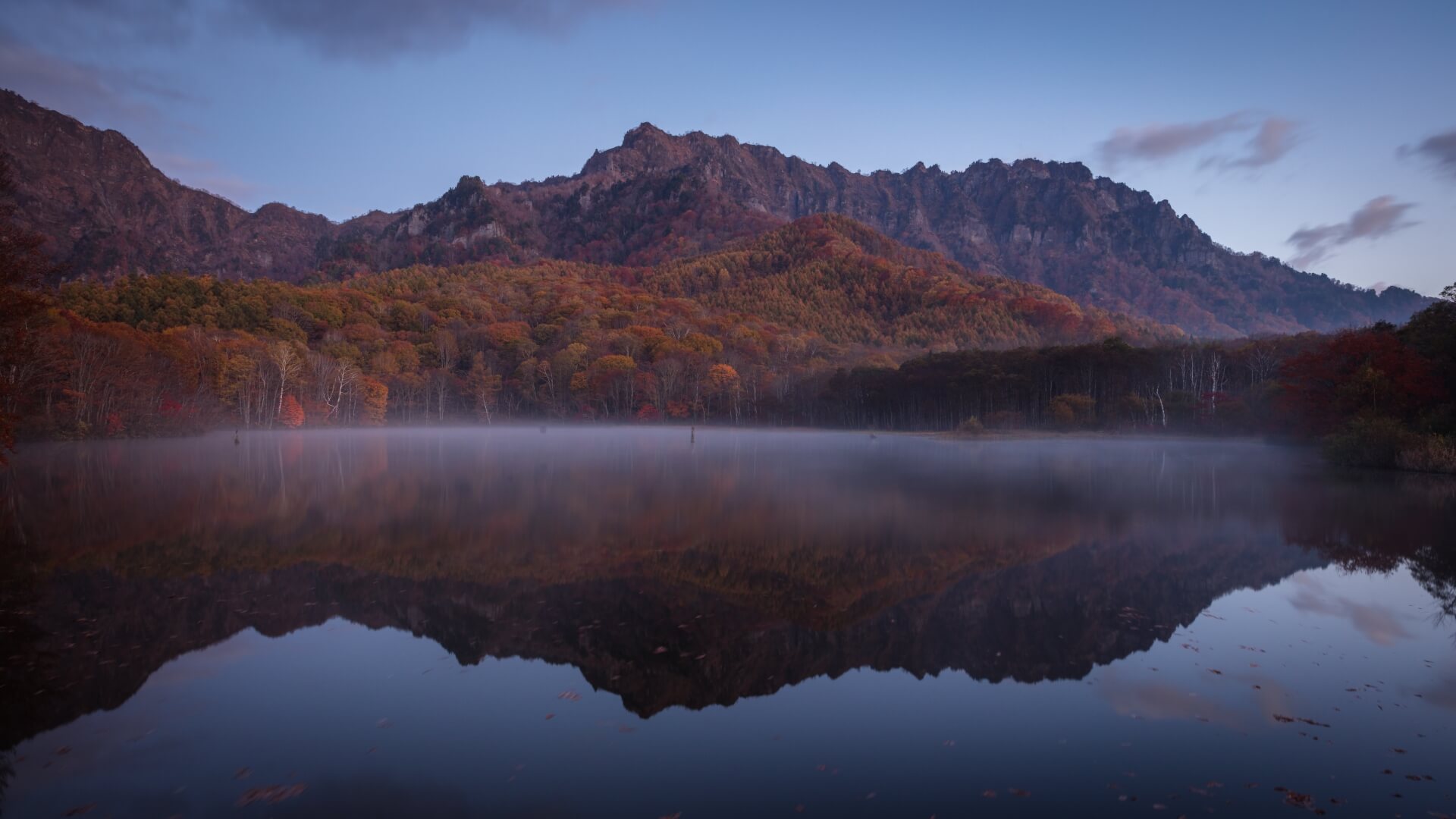
Designation: Myoko-Togakushi Renzan was declared a national park in 2015. Until that time, the area had been part of the larger Joshinetsu Kogen National Park.
Location: the parks sits within two prefectures: Nagano & Niigata.
Size: 39,772 ha / 397.72km² / 153.56mi².
Highest point: Mount Hiuchi 2,462m / 8,077ft.
Other major peaks: Mount Myoko 2,454m / 8,051ft; Mount Yakeyama 2,400m / 7,990ft; Mount Takatsuma 2,353m / 7,720ft; Mount Kurohime 2,043m / 6,736ft; Mount Iizuna 1,917m / 6,289ft; Mount Amakazari 1,963m / 6440ft and Mount Togakushi 1,904m / 6,247ft.
Overview: a relatively small national park, Myoko-Togakushi Renzan boasts a large number of mountains of around 2000 to 2500 metres, densely packed together in a fertile landscape of forests and alpine lakes. Within the park both Mount Myoko and Mount Yakeyama are active volcanoes while the north-western boundary of the park overlaps with the Itoigawa Geopark – a UNESCO-recognised coastal region of geological importance. The park boasts a diverse range of flora and fauna with several mountains and areas holding spiritual significance for Shinto and Shugendo – a syncretic Buddhist-Shinto faith system – practitioners who have been venturing to the area for more than one thousand with the Togkaushi area home of some of the most important Shinto shrines in the country and the pilgrimage trails of the ‘Togakushi Kodo’.
HIGHLIGHTS

Easily accessible from Nagano City – from where local bus services run from Nagano Station to various points in the national park – Myoko-Togakushi Renzan is an ideal destination for anyone wanting to experience Japanese principles of nature worship along with the traditional practices of a proud mountain culture. Little known to most international visitors but loved by Japanese, these are some of our favourite highlights:
Togakushi Shrine Complex
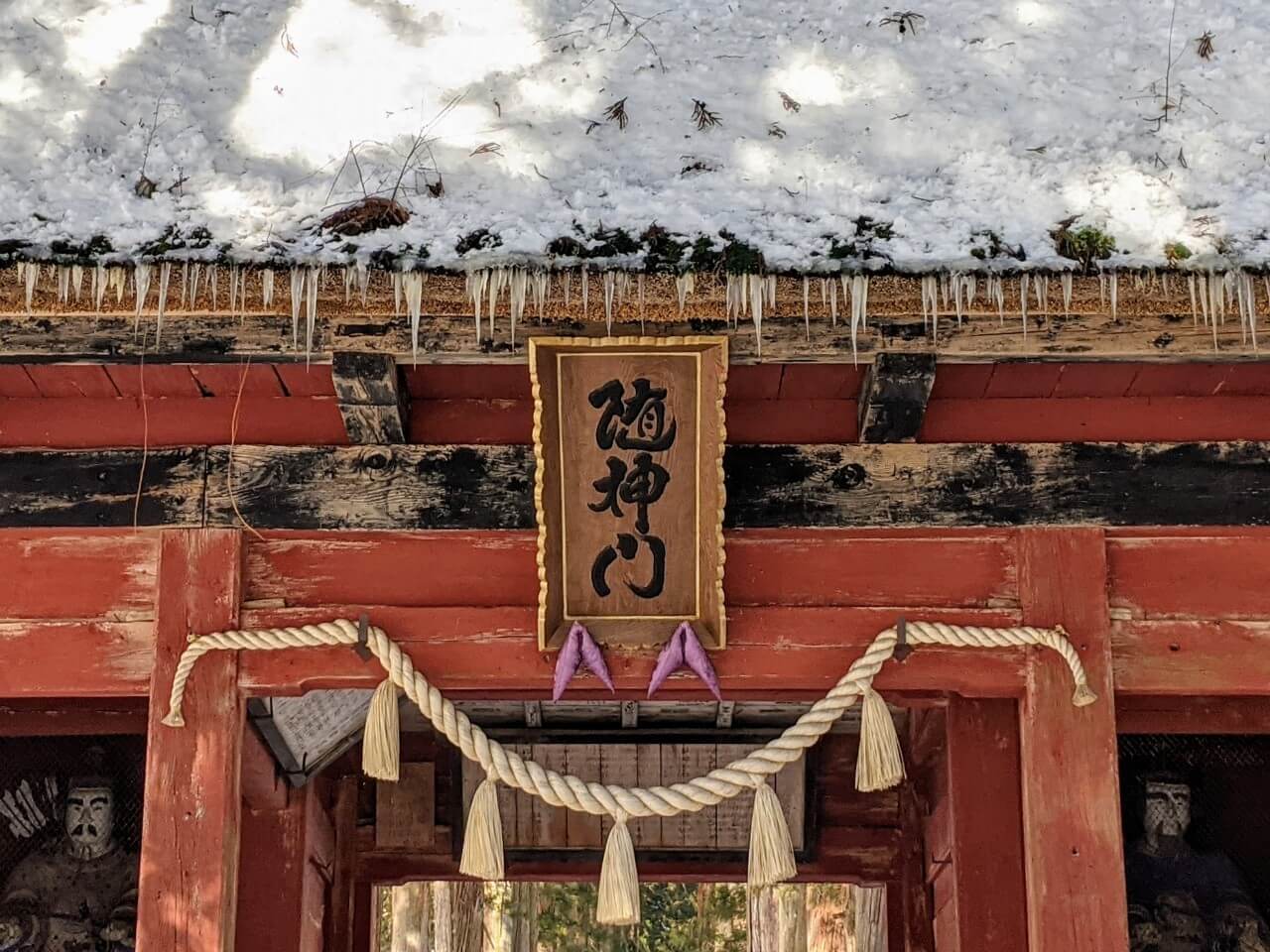
1 Day Tour
| 1-Day Togakushi Legends Tour: Hands-on Soba Noodles, Ninja Village, and Hidden Shrines | |
|
| |
| Period | July to November |
| Time | 09:35 – 17:20 |
| Meeting Place | Nagano Station Information Board |
| Adult Rate | ¥19,800 |
| Child Rate | ¥11,000 |

Located in the southern area of the park surrounding Togkaushi village, the Togakushi Shrine Complex boasts some of the most important Shinto shrines in Japan. Five shrines make-up the Togakushi shrine complex, honouring an important aspect of that creation myth and in doing so, the shrines of Togakushi sit aside Ise Jingu as some of the most important in Japan. Of the five, the ‘Okusha’ or ‘Upper Shrine’ is most famous for the avenue of giant cedars that lead from the trailhead toward the shrine itself in the shadow of Mount Togukashi. Each of the five shrines are dedicated to different ‘kami’ (Shinto gods or spirits) with the ‘Chusha’ (Middle Shrine), ‘Hokosha’ (Lower Shrine) and smaller ‘Hinomikosha’ and ‘Kuzuryusha’ making-up the overall complex. Spread through the forests of Togakushi, connected by multiple walking trails, this is a beautiful demonstration of the role of nature worship in Japanese culture. For more information, see our ‘Togakushi’ main page.
Togakushi Kodo Trails
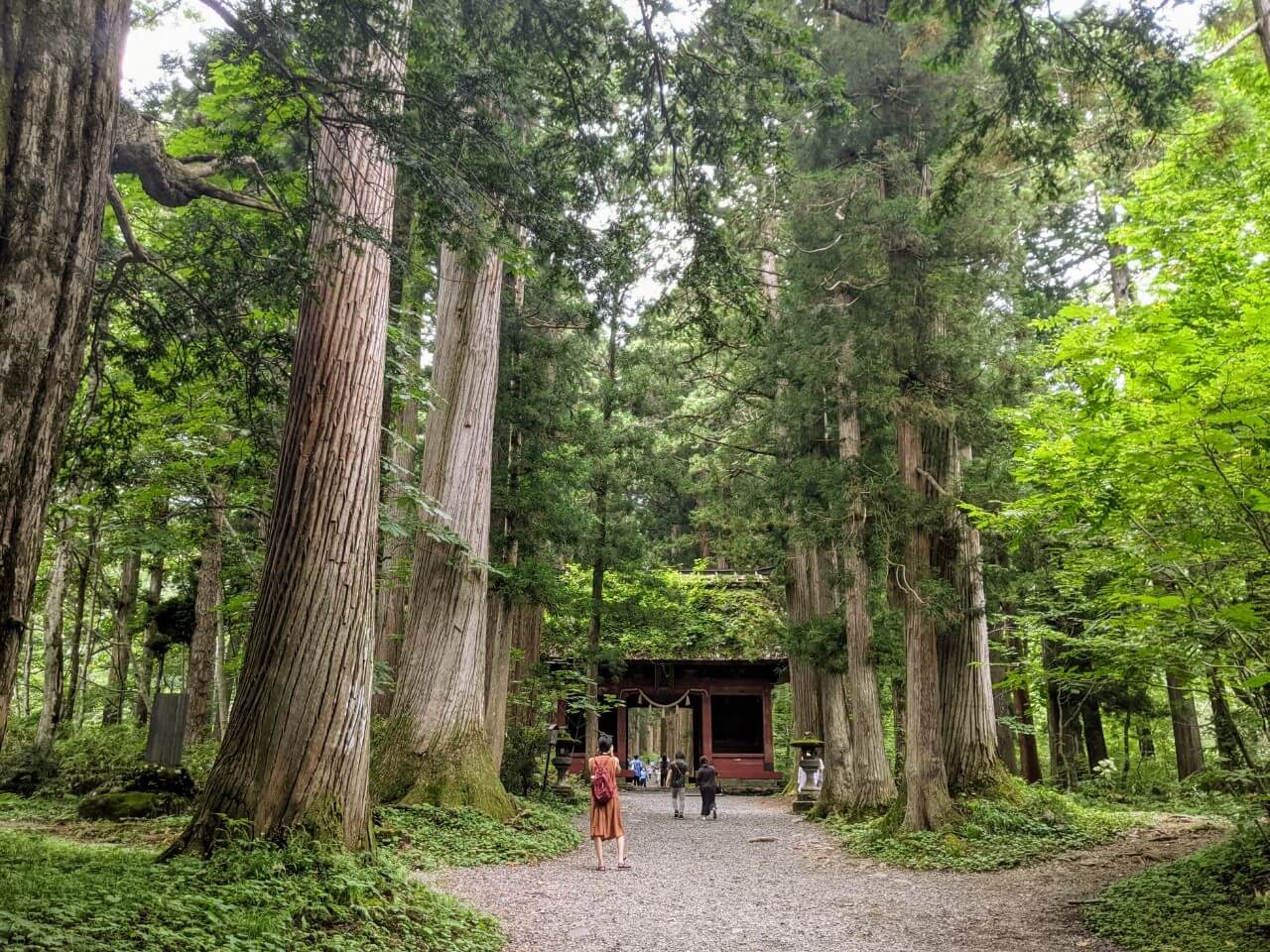
Numerous trails running through the forests and mountains of the southern region of the national park, leading to the shrines of the Togakushi complex. Collectively known as the ‘Togakushi Kodo’, the pilgrimage trails have been walked by ascetics and devotees for at least one thousand years. Today, the trails are walked by Shinto and Buddhist practitioners along with many people hiking them purely for recreation and to enjoy the flora and fauna of the national park. Especially beautiful through October and November when the forests of Togakushi are awash with colour, enjoying the leisurely Togakushi Kodo is a chance to walk a historic and spiritual path with few other people. For more information, see our ‘Hiking & Walking Trails of Togakushi’ page.
Food & Craft Experiences in Togakushi Village
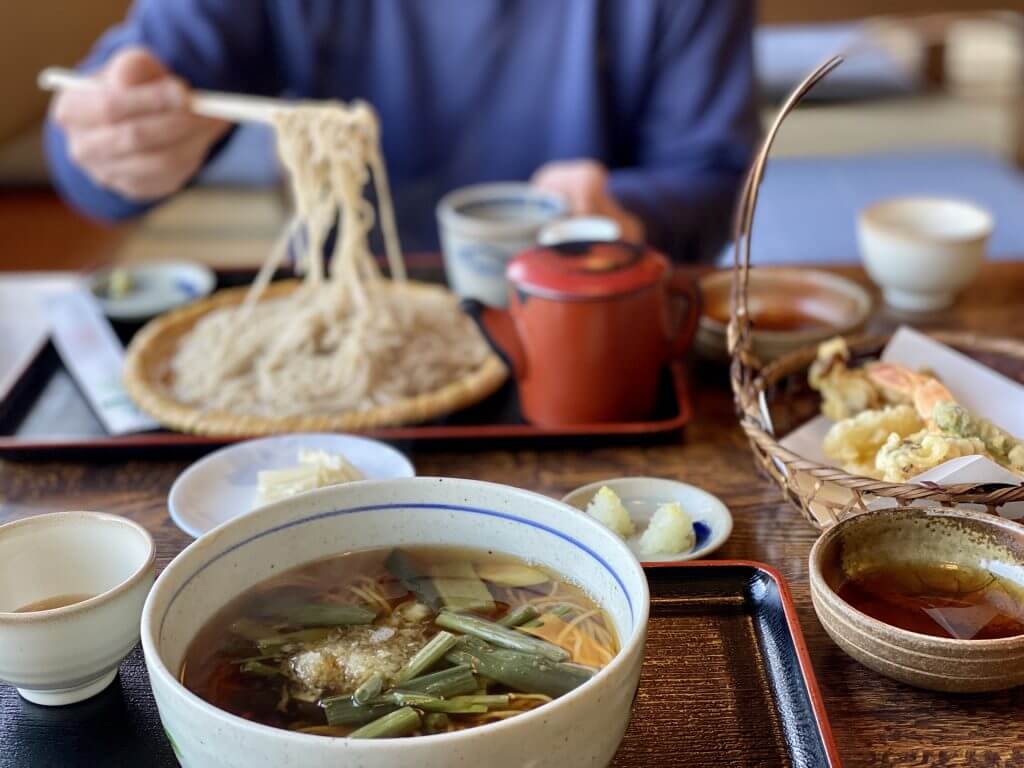
Situated around 1,200 metres above sea level, Togakushi is a true mountain village with some fantastic views to the nearby peaks. This is an old, small and friendly village where visitors can enjoy the rustic delights of mountain living. Most famously, Togakushi is known for its ‘soba’ (buckwheat) noodles, tea and other tasty products. There are plenty of restaurants to choose from in and nearby the village, the most popular of which usually have a queue at the door. The village is equally well-known for its bamboo craft. Known as ‘takezaiku’ or ‘nemagaridake’ in Japanese, the art of bamboo-weaving is an ageless craft that serves a very practical need to shaping daily objects from the most durable of materials. Like so many things in Japan, over many generations a very practical need has transcended its purpose to an artform, with many bamboo items considered works of art and fetching high prices. Togakushi is known for the skill and beauty of its bamboo craft, with lots of shops selling their goods in the main village. The best place to view and purchase locally produced bamboo goods is probably the Togakushi Bamboo Center.
Shukubo of Togakushi
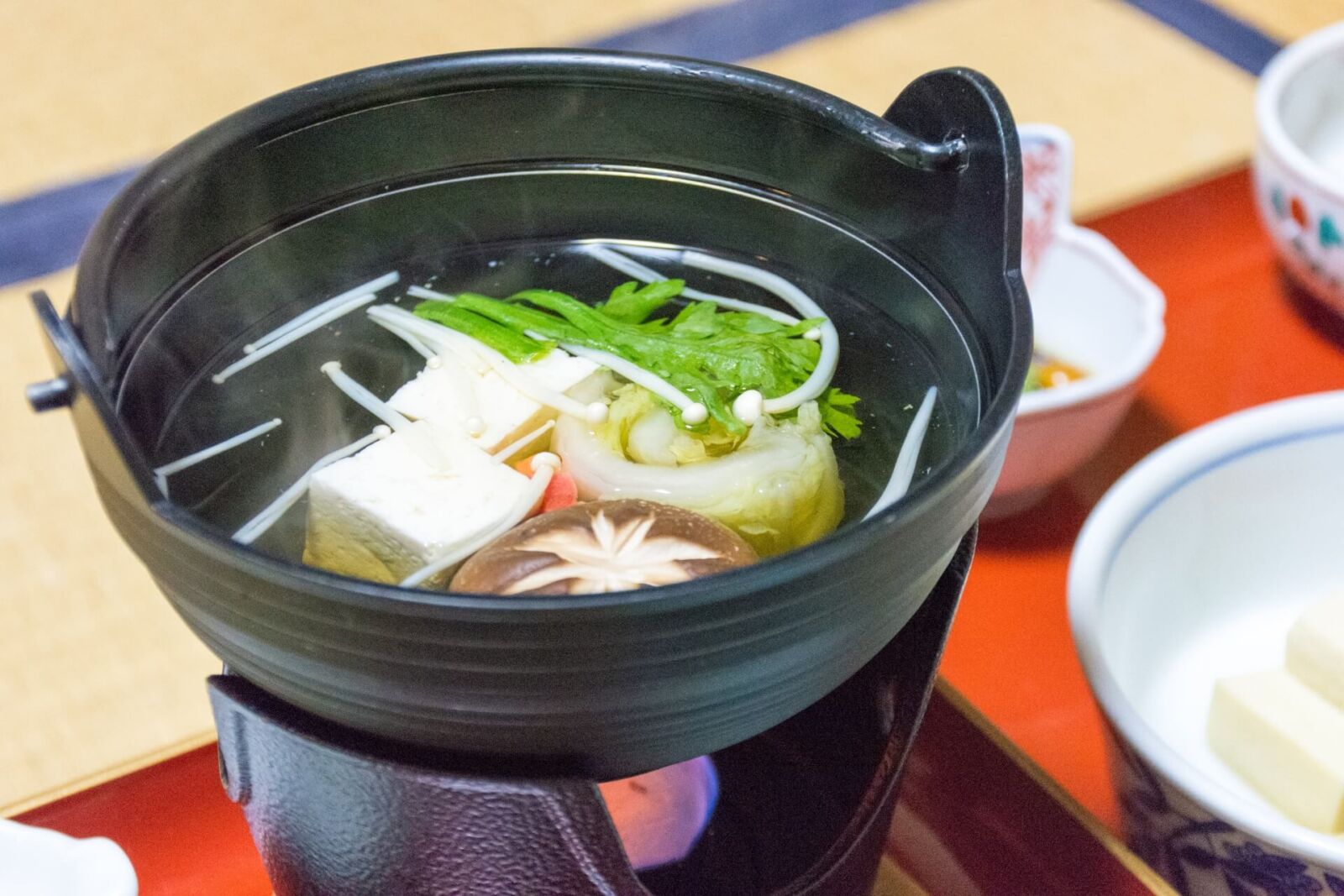
The area around Togakushi village is home to multiple ‘shukubo’, traditional guesthouses that act as lodgings for people on pilgrimage to the shrines and walking the trails. Offering relaxing stays and traditional comforts in association with the shrines, shukubo welcome guests of any faith and background and are not restricted to those on pilgrimage or require any knowledge of Shintoism or Buddhism. For more information, see ‘Accommodation inc. Hot Spring Villages’ below.
Togakure Ninpo Museum
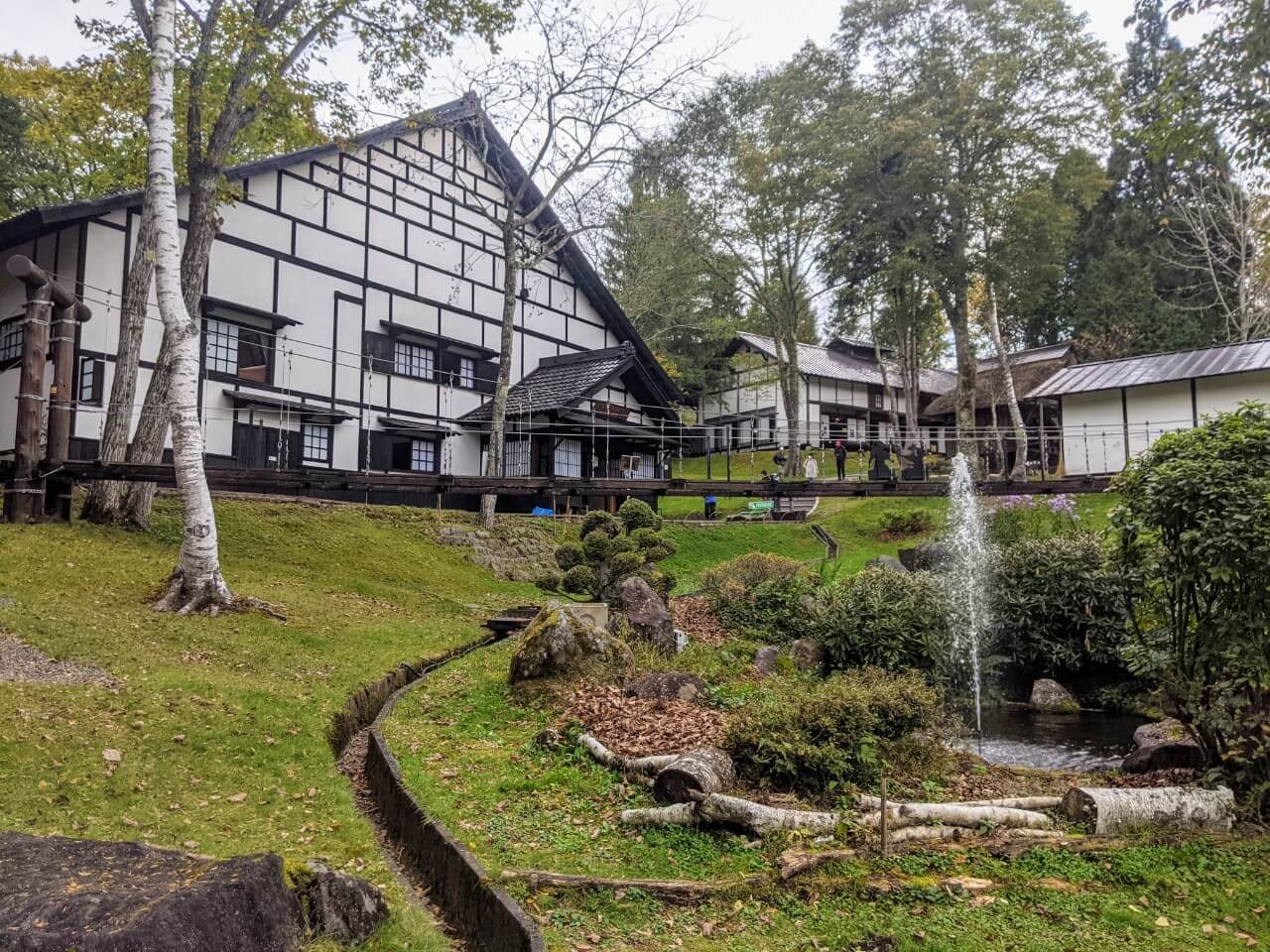
Known as ‘yamabushi’ in Japanese, mountain ascetics have long been drawn to the secluded forests and mountain hideouts of Togakushi – a tradition that imbued the area with mystery and power and led to the founding of the Togakure school of ninjitsu. Today, Togakushi’s ninja heritage is celebrated alongside its important shrines, through a museum and activity parks that allow each of us to release our inner ninja. Located directly across from the avenue leading to the ‘Okusha’ (Upper Shrine), the Togakure Ninpo Museum showcases the local Togakure school of ninja including exhibits of tools and weapons while the Museum of Togakushi Folklore exhibits traditional tools, clothing, furniture and other artefacts unique to the area. For kids and families, the ‘Chibiko Ninja Mura’ (Kids Ninja Village) is located within 15 minutes walk of the ‘Chusha’ (Middle Shrine) and designed for children with obstacle courses and everything they need for ninja training.
Kagami-ike
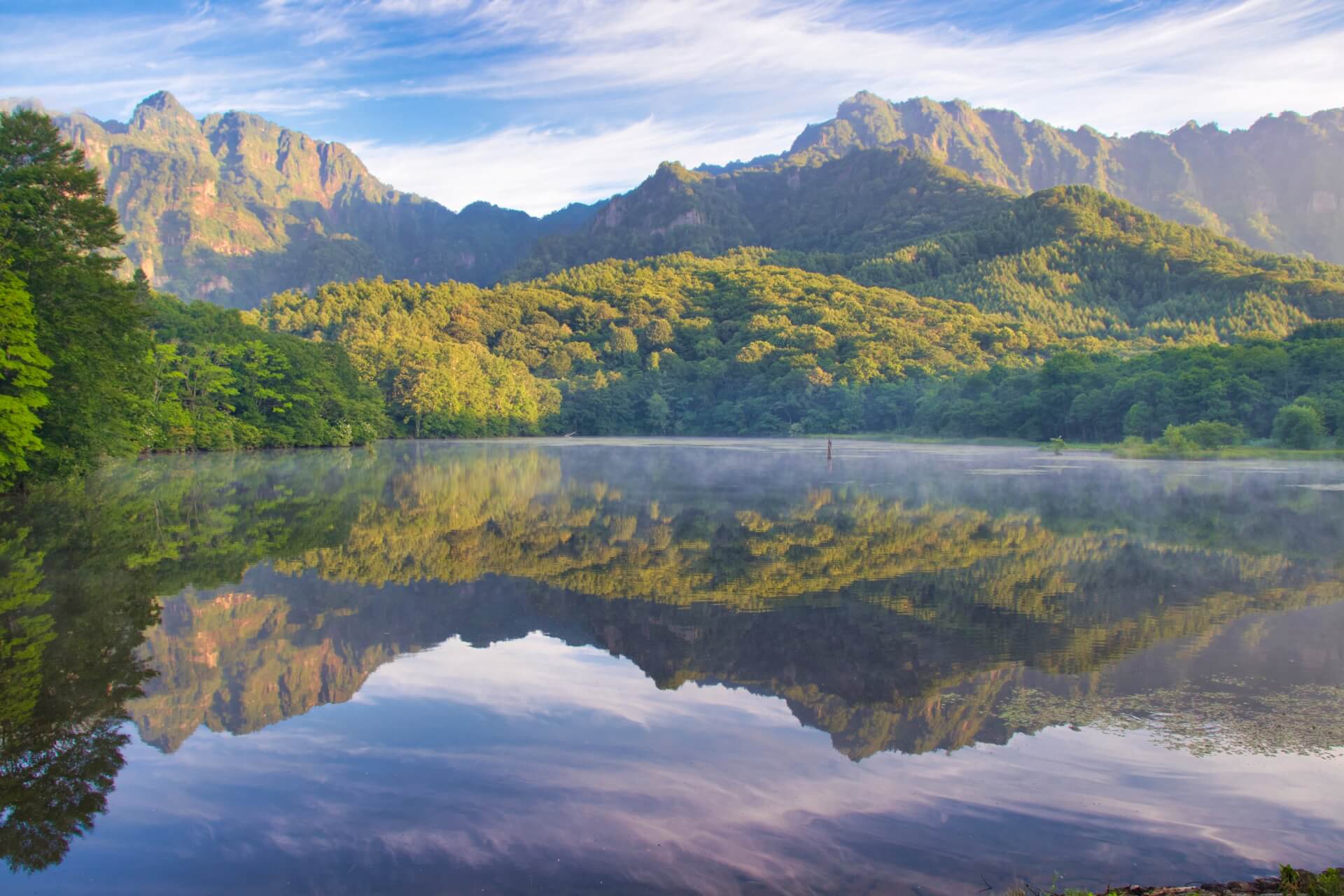
Sitting around 1200 metres above sea level, Kagami-ike (or Lake Kagami) is a pleasant all-year-round destination famous for its mirrored reflection of the Togkaushi mountain range above. Hiking trails lead from the lake to the shrines and other attractions in the southern area of the national park, while it is also easy to reach by car – with parking and a café located immediately next to the lake. On a clear and calm day, the mountains are beautifully reflected on the surface of the water giving the lake its name ‘Kagami-ike’ which translates as ‘Mirror Lake’. The lake is beautiful in all seasons but especially so from late-September through October with the surrounding forests awash with autumn colours. In winter, the lake freezes over making it a great destination for snowshoe-walking.
Togakushi Forest Botanical Garden
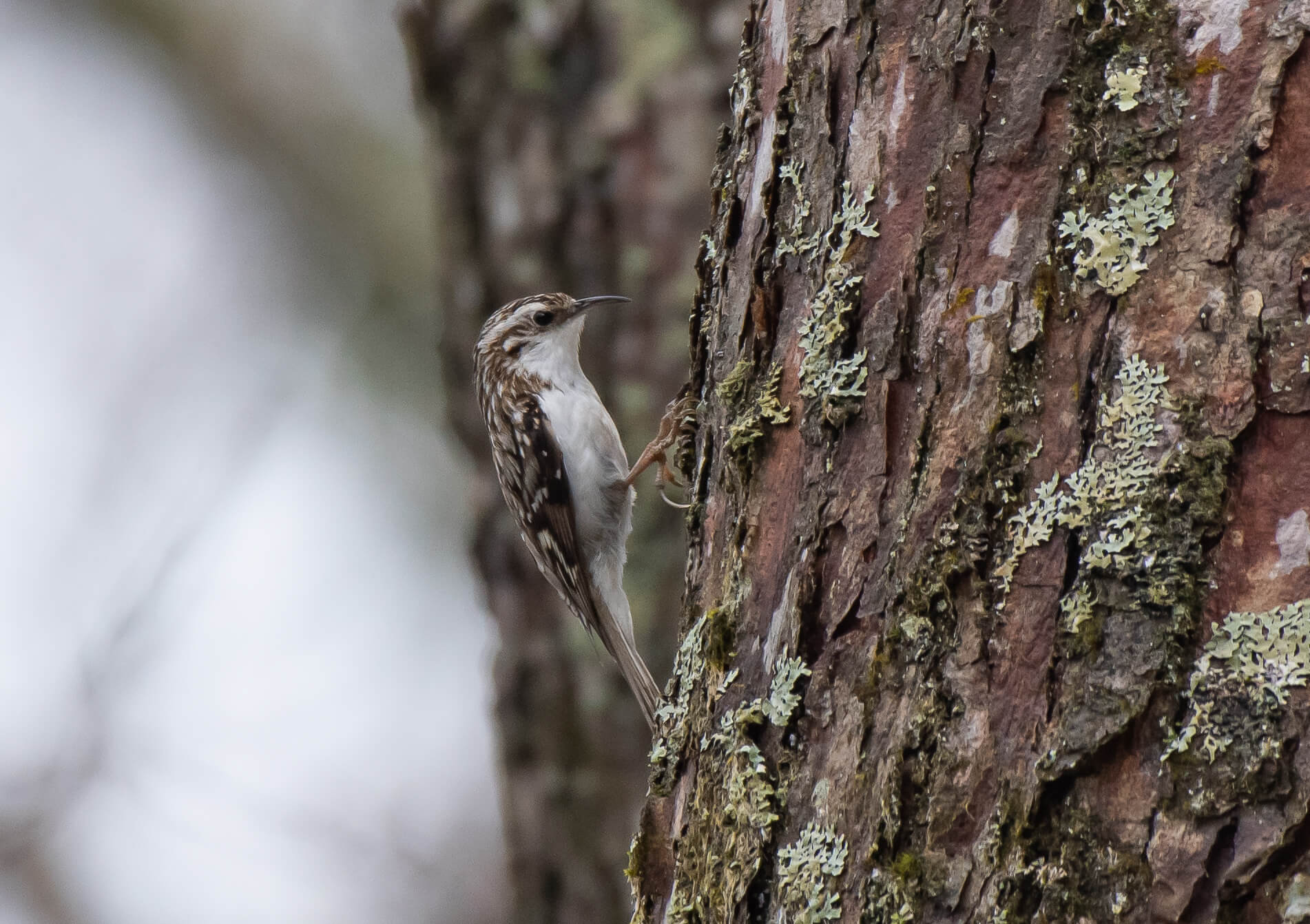
The Togakushi Forest Botanical Garden is considered one of Central Japan’s best destinations for bird-watching. More than 120 species of bird are known to inhabit the mountain forests with bird-watchers coming from all over the country to photograph them. The trails leading through the Togakushi Forest Botanical Garden are regarded as the best spot to enjoy the varied birdlife along with other animals including deer. In June, the area is also blessed with the bloom of ‘mizubasho’ in the surrounding waterways and marshes of the botanical garden.
Togakushi Ski Resort
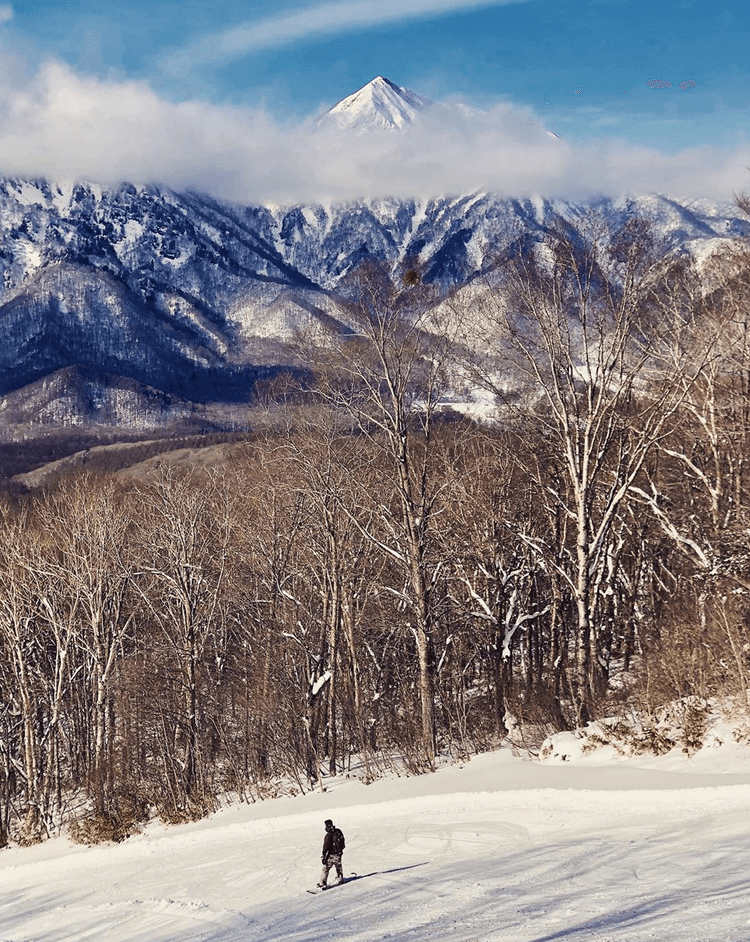

Located on the slopes about the ‘Okusha’ and ‘Chusha’ Togakushi Ski Resort is a small but highly enjoyable ski area popular with locals. Consisting of 19 ski runs serviced by 7 chairlifts – a total of around 58 hectares of piste and 550 metres of vertical. There’s a nice mix of terrain suitable for all levels with some gentle and wide runs perfect for beginners, while multiple black runs will keep advanced riders entertained. The black runs on the back side of the resort are steep and left ungroomed. Most people don’t venture down them on days of heavy snow meaning that you can find some truly awesome powder there on days of heavy snow. On clear days, the resort offers fantastic views of the surrounding mountains including the sharply-peaked Mount Takatsuma.
Mount Togakushi
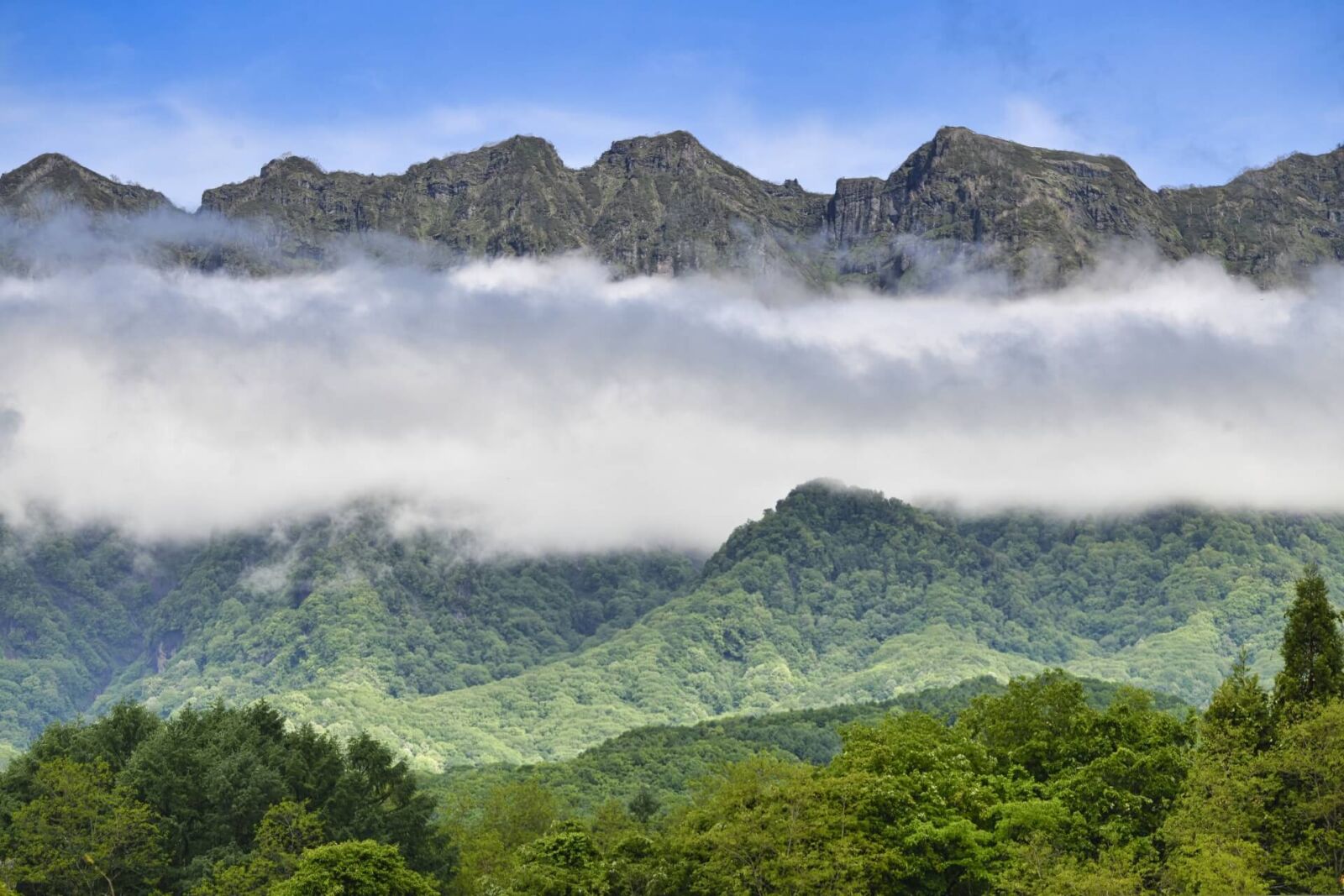
The southern area of the national park is dominated by the jagged ridgeline of Mount Togakushi. Though only a relatively small at 1,904 metres, the dramatic rock faces and knife-edge ridgeline make Togakushi a beautiful and challenging mountain to climb. With the shrines below looking-up toward the mountain in dedication, for many visitors, the best experience of Mount Togakushi is from below as the views and photo opportunities of the mountain are fantastic. Should you wish to climb it, make sure you are well-prepared, suitably experienced and consider using a local guide. For more information, see our ‘Hiking & Walking Trails of Togakushi’ page.
Myoko Kogen Ski Resorts
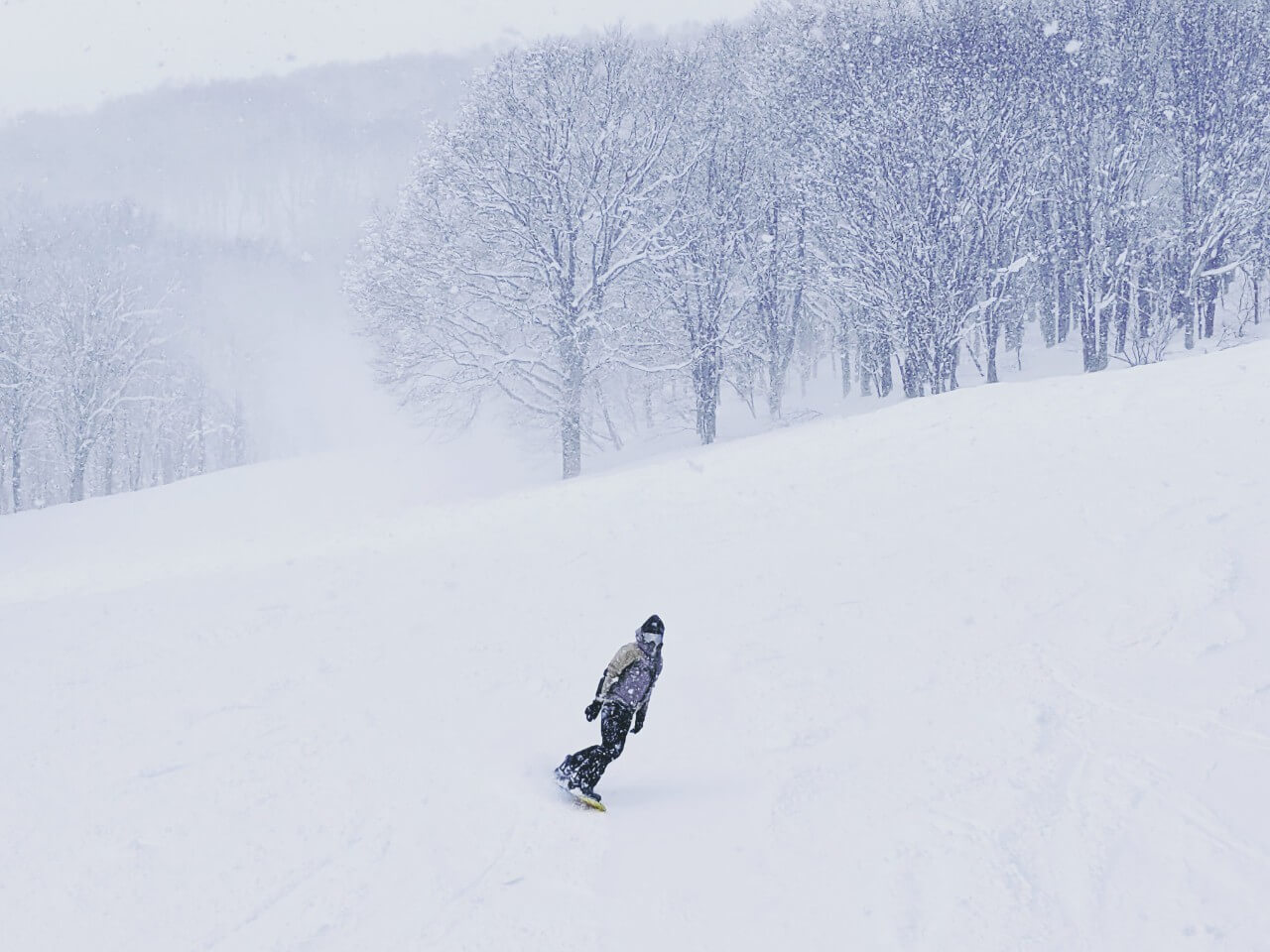

Located on the eastern edge of the national park, the ski resorts of Myoko Kogen are known for their deep powder and liberal approach to side and backcountry – making them hugely appealing to skiers and snowboarders looking to get off-piste and into the deep stuff. Different people include different resorts under the name of Myoko Kogen but generally it refers to the following – Akakura Onsen, Akakura Kanko, Ikenotaira, Suginohara, and Seki Onsen. The connected resorts of Akakura Onsen and Kanko offer the greatest extent of connected terrain of any ski resort in the area with all resorts boasting snowfall of up to 18 metres each season! If you’re looking to getaway from the crowds of Hakuba and Nozawa Onsen and really experience what Japan’s fabled powder is all about, then the resorts of Myoko Kogen might just be for you.
Naena Falls
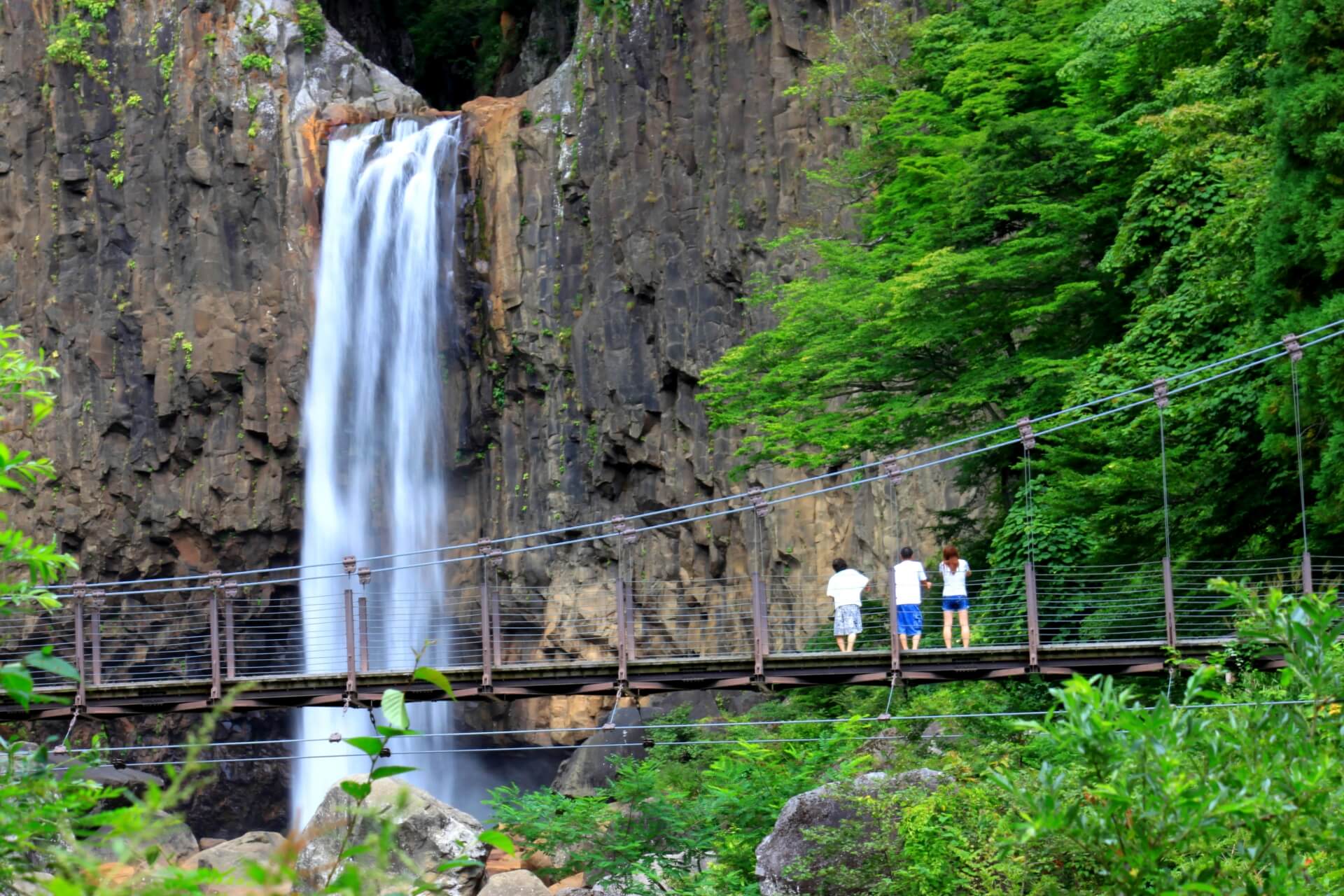
Located only 20-minutes drive from Akakura Onsen Village, Naena Falls can be accessed all year round but is perhaps at its most enjoyable in summer and autumn. The 55 metre high waterfall is known as the ‘Earthquake Waterfall’ due to the crashing sound of the cascading waterfall. The volume of water is at its great in spring as the snow melts with the area is especially beautiful from late-September through October as the surrounding forest bursts into colour with the annual autumn leaves.
Mount Myoko

The beautiful Mount Myoko sits in the north-eastern corner of the national park. Despite no record of eruption through human history, Myoko is an active volcano that last erupted around 4,300 years ago creating the distinctive double peak it now bares. The volcanic activity that continues quietly below the surface feeds the numerous hot springs of the surrounding including the village of Akakura Onsen – for more information, see ‘Accommodation inc. Hot Spring Villages’ below. Myoko is a fantastic all-year-round destination. Subject to massive snowfall each winter, the surrounding ski resorts offer some of Japan’s best powder while from late-spring through to autumn, Myoko beckons visitors with outstanding hiking, nature and wildlife photography.
Mount Hiuchi
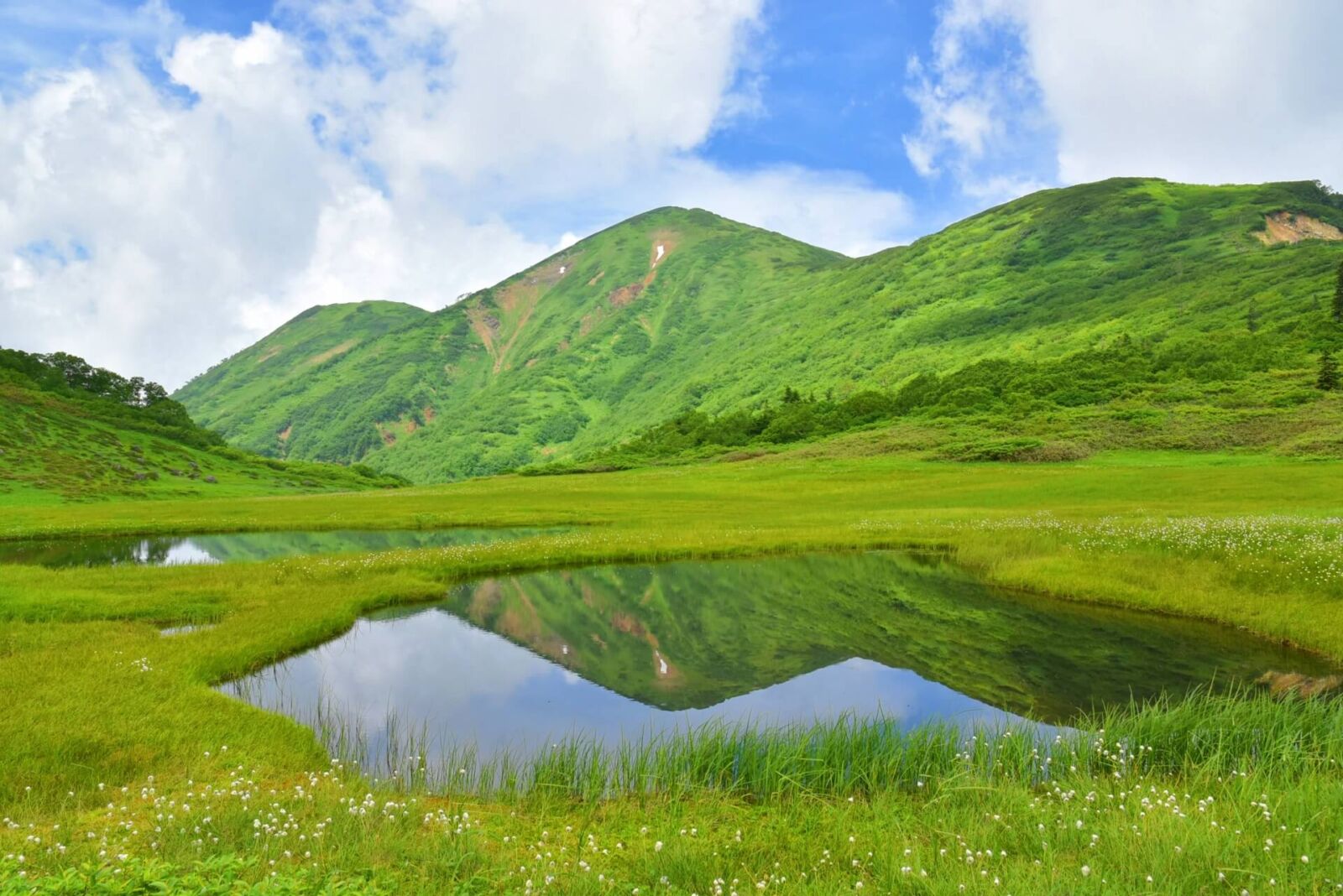
The tallest mountain in Myoko-Togakushi Renzan, Mount Hiuchi stands 2,462 metres and is located in the northern corner of the national park. Below the summit at around 2,100 metres above sea level, Koya-ike is an alpine moor that experiences drastic changes in colour through the seasons. The area boasts many unique and important species of flora and fauna including the many alpine flowers and the ever-curious ‘raicho’ or rock ptarmigan.
Mount Amakazari
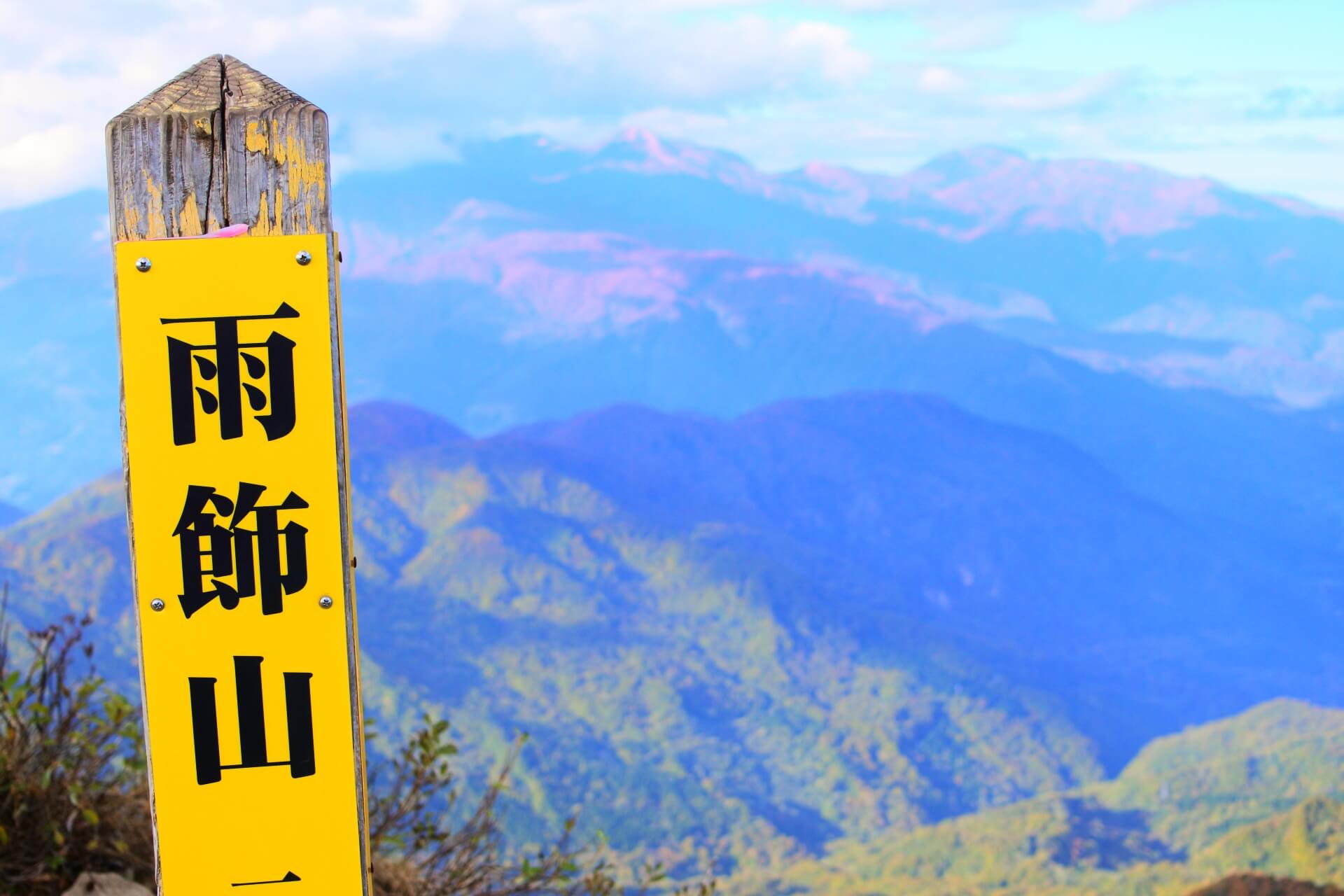
Mount Amakazari sits at the western edge of the national park. The area boasts fantastic hiking trails, verdant forests and views of the north coast from the higher reaches of the mountain. The location of Amakazari on the western side of the park puts it within easy reach of Hakuba or nearby Itoigawa Station – a convenient station on the Hokuriku Shinkansen line running from Tokyo to Kanazawa.
WILDLIFE
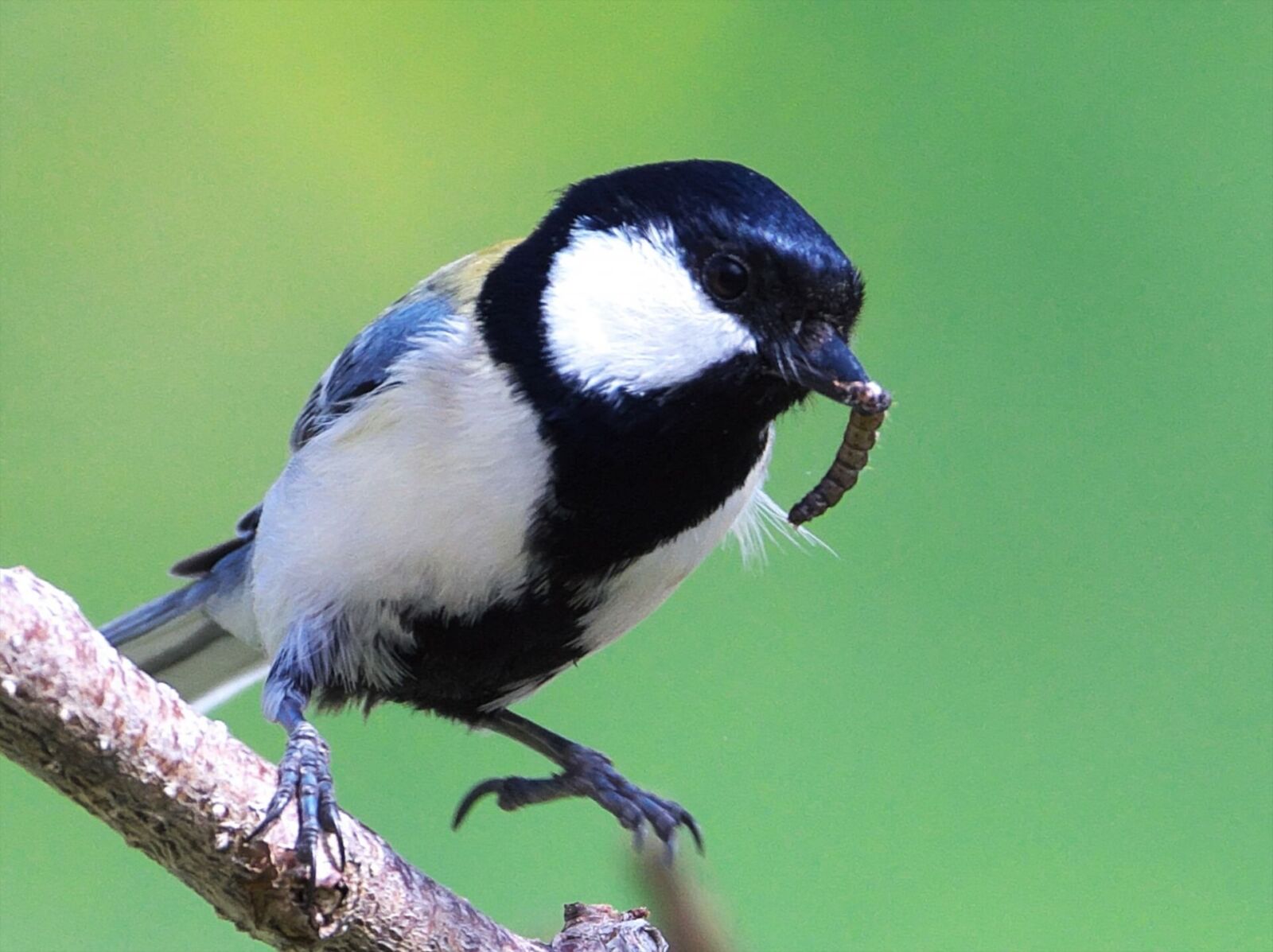
Myoko-Togkaushi Renzan National Park is a heavily-forested landscapes of multiple mountain peaks over 2000 metres. As such, it is home to a diverse range of wildlife including some unique alpine species of bird and other animals. Among all the wildlife found within the national park, it is most famous for its:
Birdlife
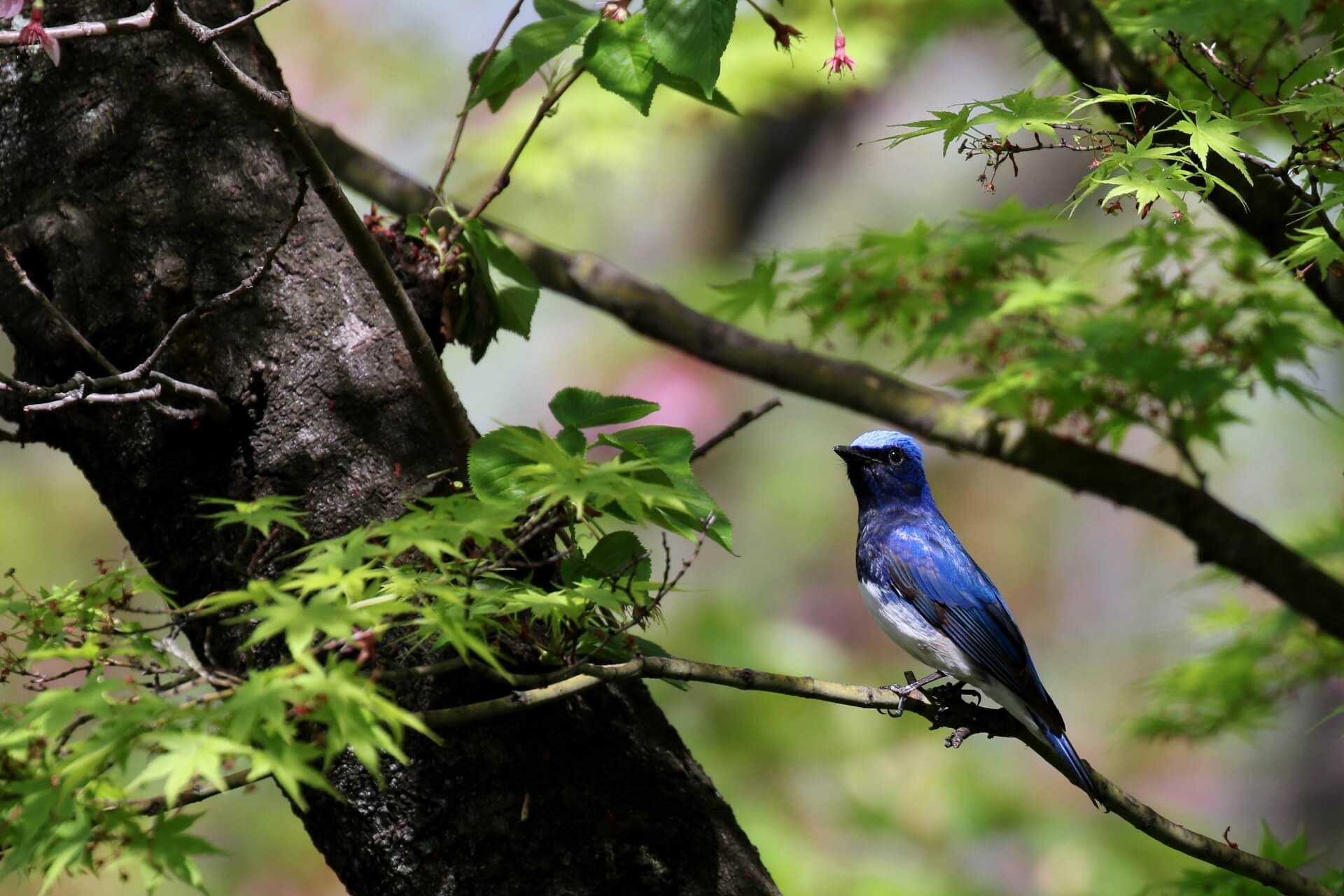
As a national park, it is no surprise that Myoko-Togakushi Renzan is home to plenty of wildlife. Among the many animals present in the mountains and forests of the park, numerous of birds can be spotted in what is considered one of Japan’s best bird-watching locations. More than 120 species are present including forest doves, woodpeckers, wagtails, pheasants, ducks and the blue-and-white flycatchers – considered one of Japan’s most beautiful songbirds. As listed above, the Togakushi Forest Botanical Garden is one of the best areas within the national park to enjoy birdwatching, readily accessible using local buses running from Nagano Station – a bit of a must-do for keen twitchers out there!
Rock Ptarmigan
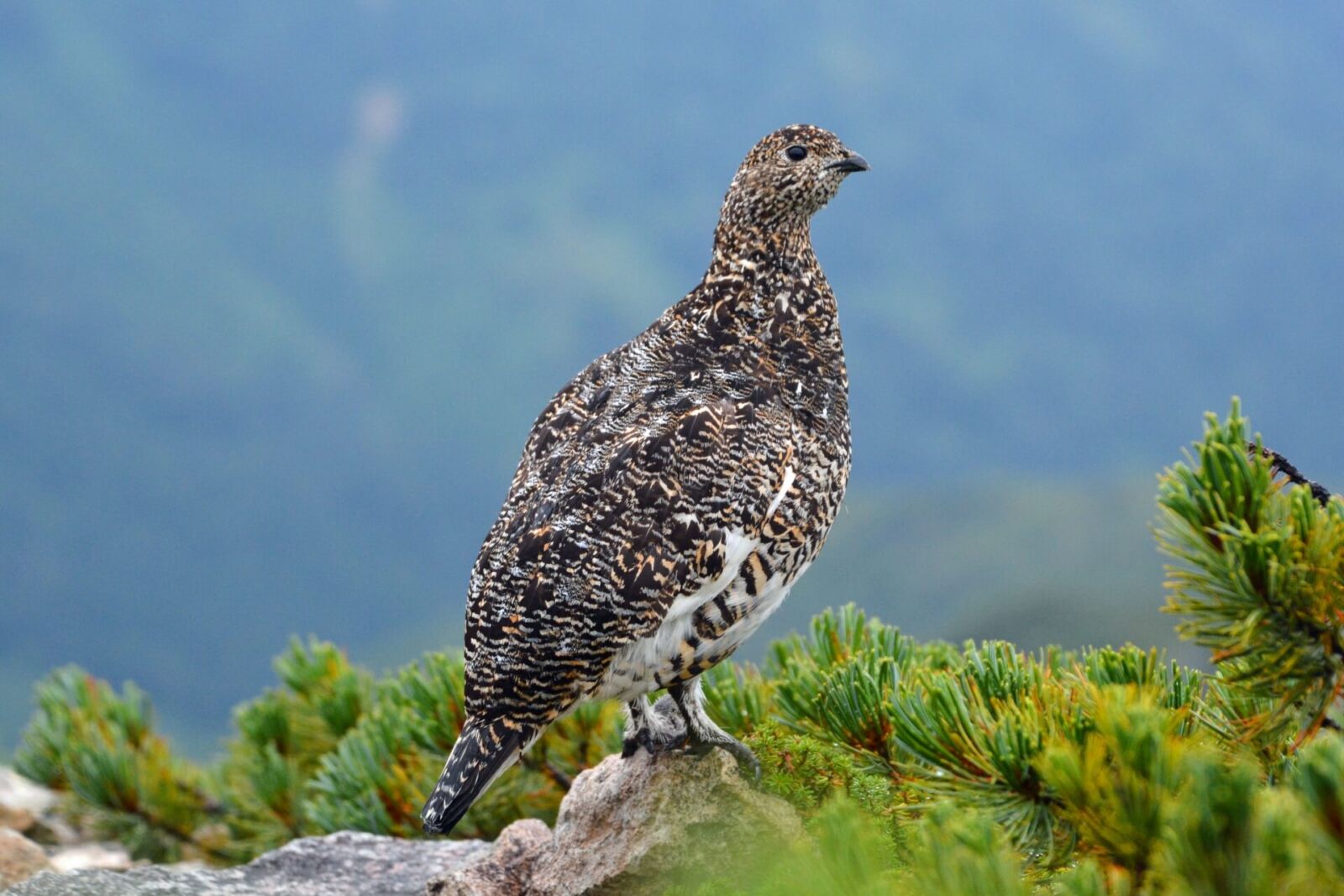
Called ‘raicho’ in Japanese, rock ptarmigans are found in alpine areas in Central Japan including near the summit of Mount Hiuchi around the summit of Mount Tate and the Tateyama-Kurobe Alpine Route. Translating as ‘thunderbird’, raicho were traditionally regarded as messengers of the gods and as a result, were not hunted. To this day raicho are not afraid of humans and will wander up to you and seemingly pose for photos, seemingly as interested in us as we are in them. Their plumage changes through the seasons, coloured brown in spring and summer and white in winter. Occupying the cold upper areas of the mountains, raicho hibernate in winter before re-emerging as the snow melts in winter.
Asiatic Black Bear
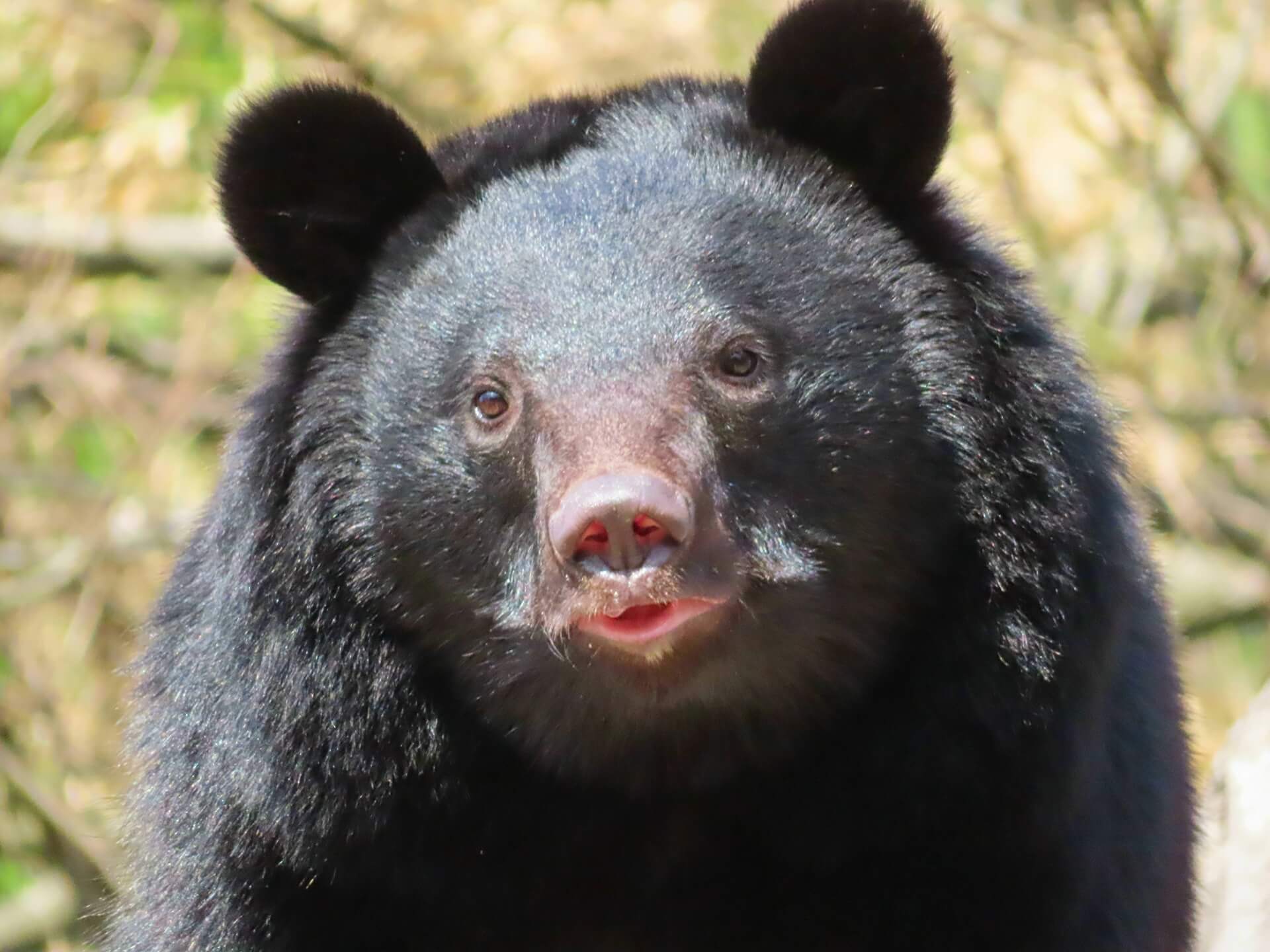
Found throughout Myoko-Togakushi Renzan, the Asiatic black bear is typically herbivorous and shy, meaning that it is usually little threat to humans. Once mature they reach around 120 to 140cm in length, with males weighing between 60 to 120kg and females weighing between 40 to 100kg. Smaller than many species of bear, they are most active from spring to autumn and hibernate through winter. National media somewhat vilifies bears following some incidents across the country, typically the result of a bear being taken by surprise and the continued encroach of humans on their habitat. While such incidents are not be ignored, the reality is that the bears are shy. Visitors most commonly encounter them in area around the Togakushi shrines where trails are well-signed warning of their presence. You are unlikely to encounter one during the day however they are more active in the morning and at dusk, so exercise caution at those times of day.
Japanese Serow
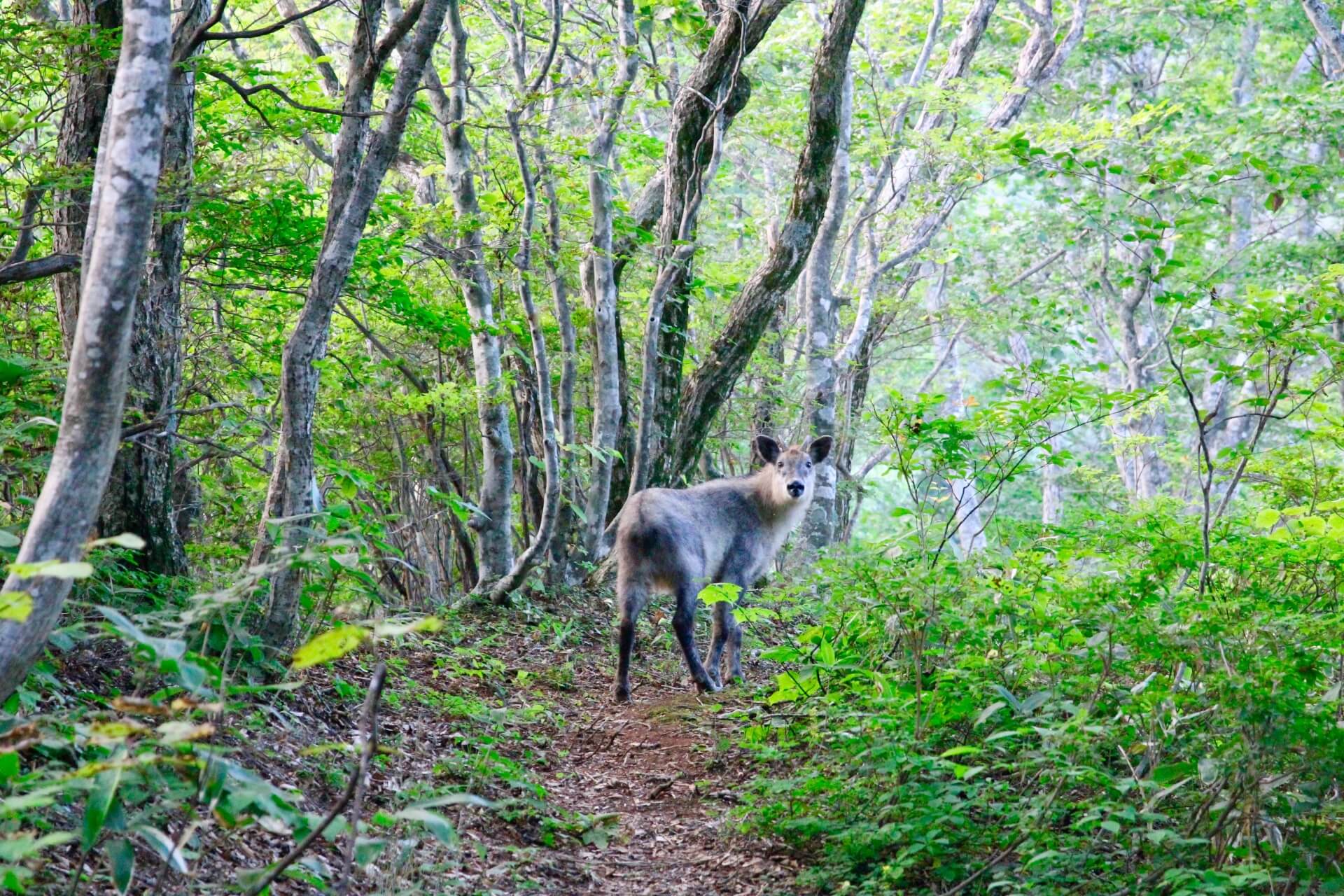
Known as ‘kamoshika’ in Japanese, is a type of goat-antelope found throughout the park. Mature kamoshika stand around 80 centimetres tall and weight 30 to 45kg and have thick black-grey coats that lighten in colour during summer. They have short horns and tails and are typically seen alone or with a partner and infant. Kamoshika are slow moving and blend into the landscape well, meaning that many visitors pass-by them without noticing. So keep your eyes open as sooner or later you’ll encounter one and seem as curious about us as we are about them.
Japanese Squirrel
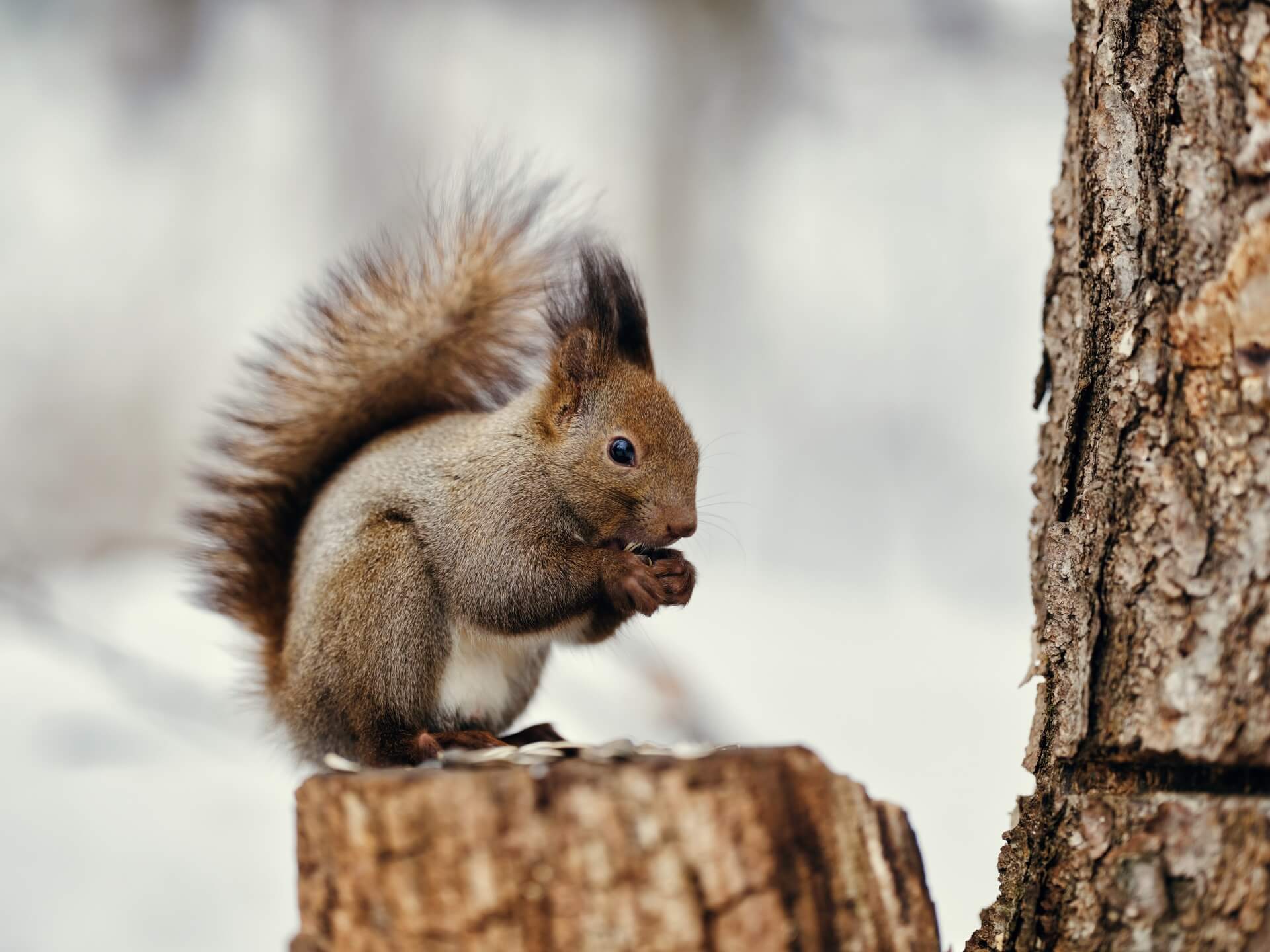
A common sight through the forests and wooded areas of Myoko-Togakushi Renzan, Japanese squirrels are most active in the morning and mostly sleep through the day before reemerging again in the evening. They are well-adapted to life off the ground, able to jump between trees and building multiple nests high off the ground which they move between from day to day. Their coats change colour with the season being red-orange through summer and gradually turning grey to light-brown through the colder months of the year.
WEATHER & SEASONS
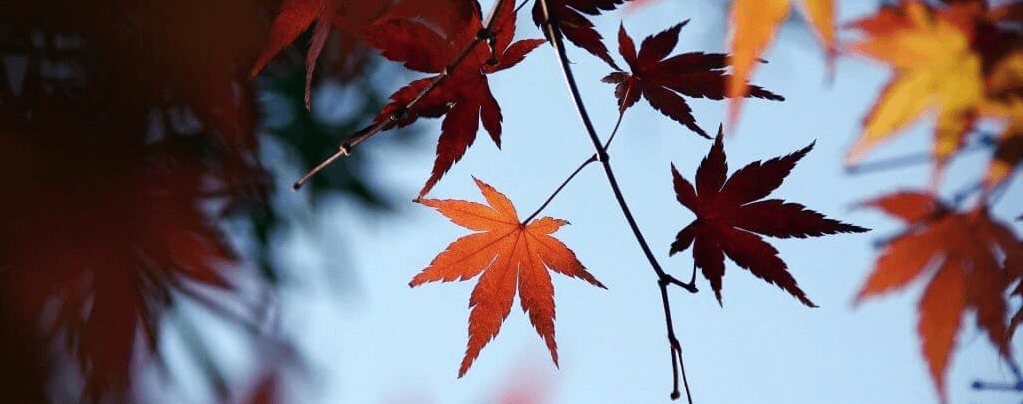
The higher elevation of the national park affords it with a cool climate throughout the year. Winter is long and brings heavy snow while the summer is short and without high humidity. The varied terrain and environments found within the park mean that there is a large degree of variation in terms of weather – especially the more northern areas of the park which are close to the coast – however as a general rule of thumb, subtract between 5 to 10°C from the temperature in the towns and cities nearby the park and you will have an approximate idea of the temperature at any time of year. Here’s a snapshot of what to expect through the seasons:
Winter / late-November to March
Snowfall can occur anytime from October onward in the higher areas of 2000 metres and above, while lower areas will begin to receive snowfall from mid-November onward. By December much of the park is likely to be covered in snow, with the heaviest falls occurring anytime from December through to early-March. Located on the eastern border of the national park, the ski resorts of Myoko Kogen experienced some of the heaviest snowfall of any area in Japan. Several resorts claim an annual snowfall of 17-18 metres while allowing side and backcountry making these ideal destinations for intermediate and advanced skiers and snowboarders. Togakushi Ski Resort is located in the southern half of the park and within easy reach of Nagano Station. The snowfall isn’t as reliable or deep as that experienced in the resorts of Myoko however it’s still good and Togakushi offers some of the best views of any ski resort in the region. Visitors to Togakushi can also enjoy fantastic snowshoe-walking including along the giant cedar avenue leading to the Okusha (Upper Shrine).
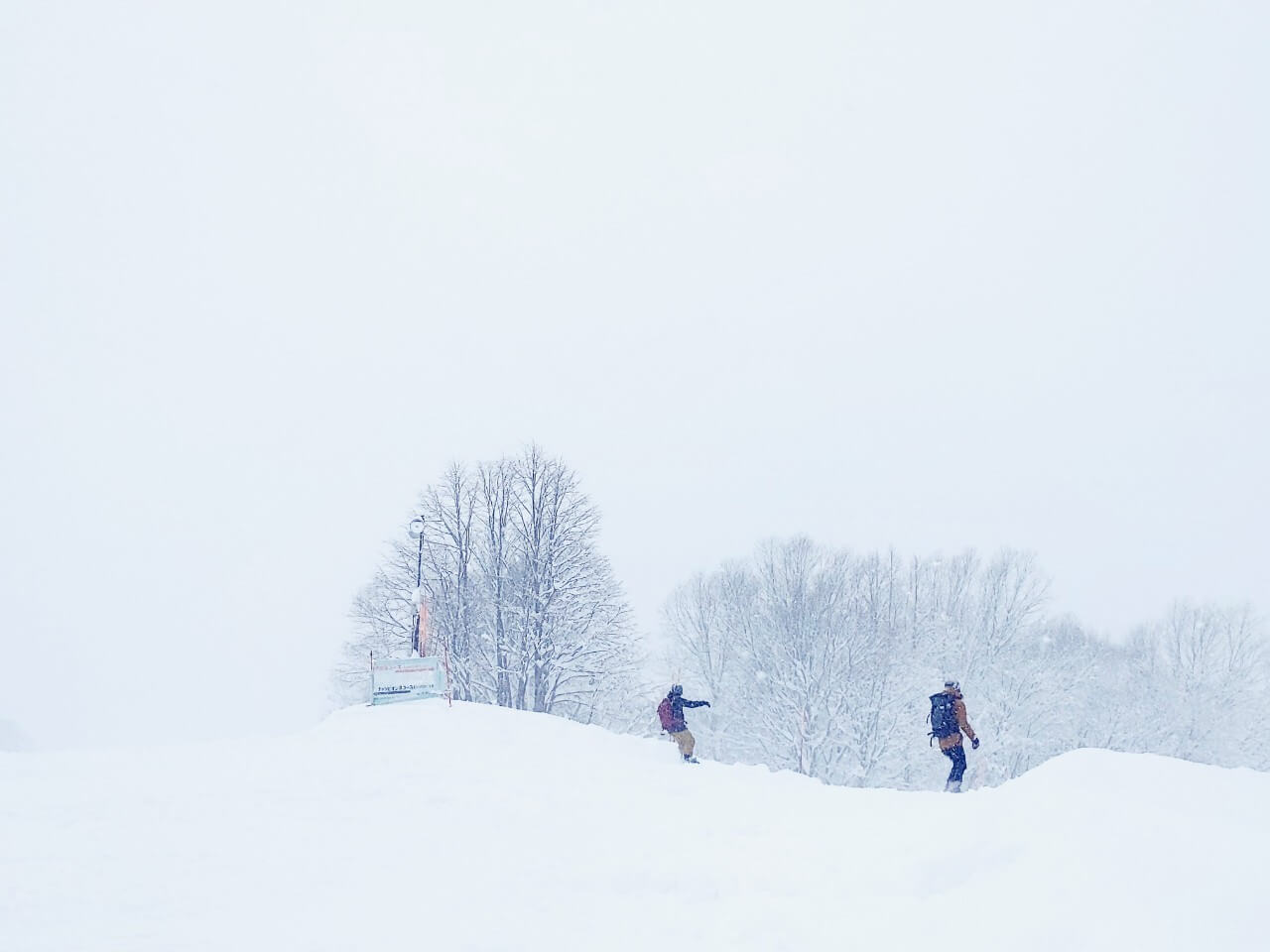

Spring / late-March to June
Areas of the park will continue to experience snowfall through March with the ski resorts typically ending their seasons sometime in April. From that time onward, hiking trails will begin to open-up while the wildlife of the park becomes more active in the warming weather of spring. From late-April the campgrounds of the park will open to the public including Togakushi Campground. While the site is accessible all year round, its camping facilities operate from late-April until the end of October. s. Located next to Togakushi Ranch and with fantastic views of Mount Togakushi, the campground has space for more than 350 auto-campers, cabins, outdoor kitchens and stoves, showers and toilets and a small shop. Other venues including the Togakure Ninpo Museum (Ninja Museum) and Chibiko Ninja Mura (Kids Ninja Village) will also reopen from late-April and be accessible through to the end of November.
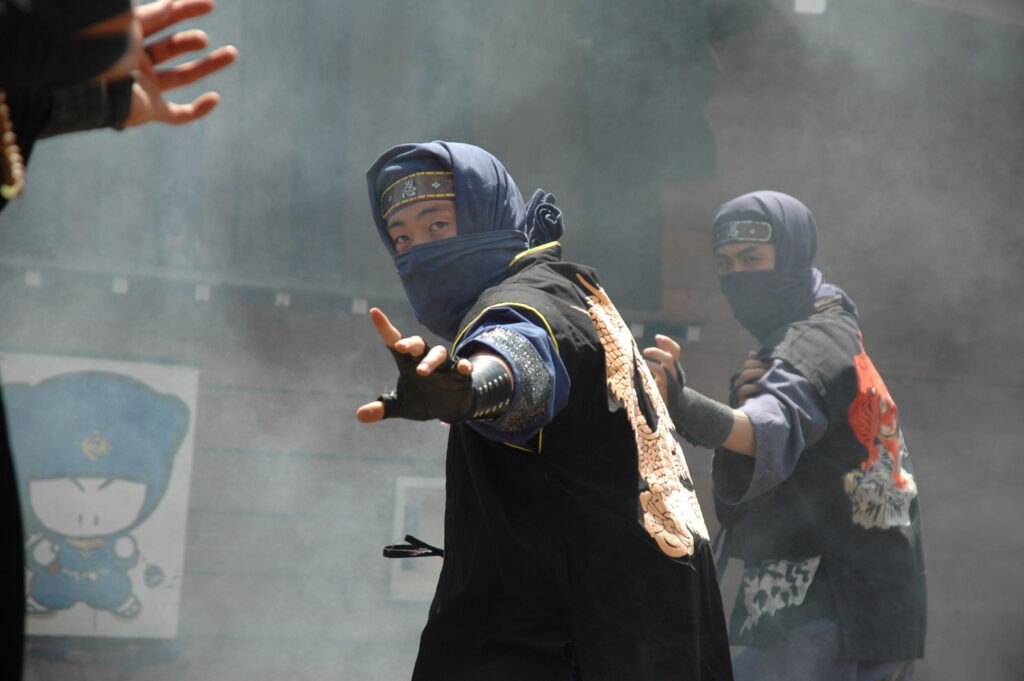
Summer / July to August
The higher altitude of the national park blesses it with a notably cooler summer than most areas in Japan, offering visitors welcome escape from the extremes of heat and humidity in many cities. Generally-speaking, the temperature will be around 5 to 10°C less than that forecast in the cities and towns below. The higher elevation also means much less humidity, meaning that days are warm but often with a cool breeze and a crisp, pleasant temperature at night. Summer is the ideal time to enjoy hiking in Myoko-Togakushi Renzan with the pilgrimage trails of the Togakushi Kodo offering one of Central Japan’s most engaging outdoor experiences. The multiple peaks of the park including Mount Hiuchi, Mount Myoko, Mount Amakazari and others also entice hikers and mountaineers to the park.
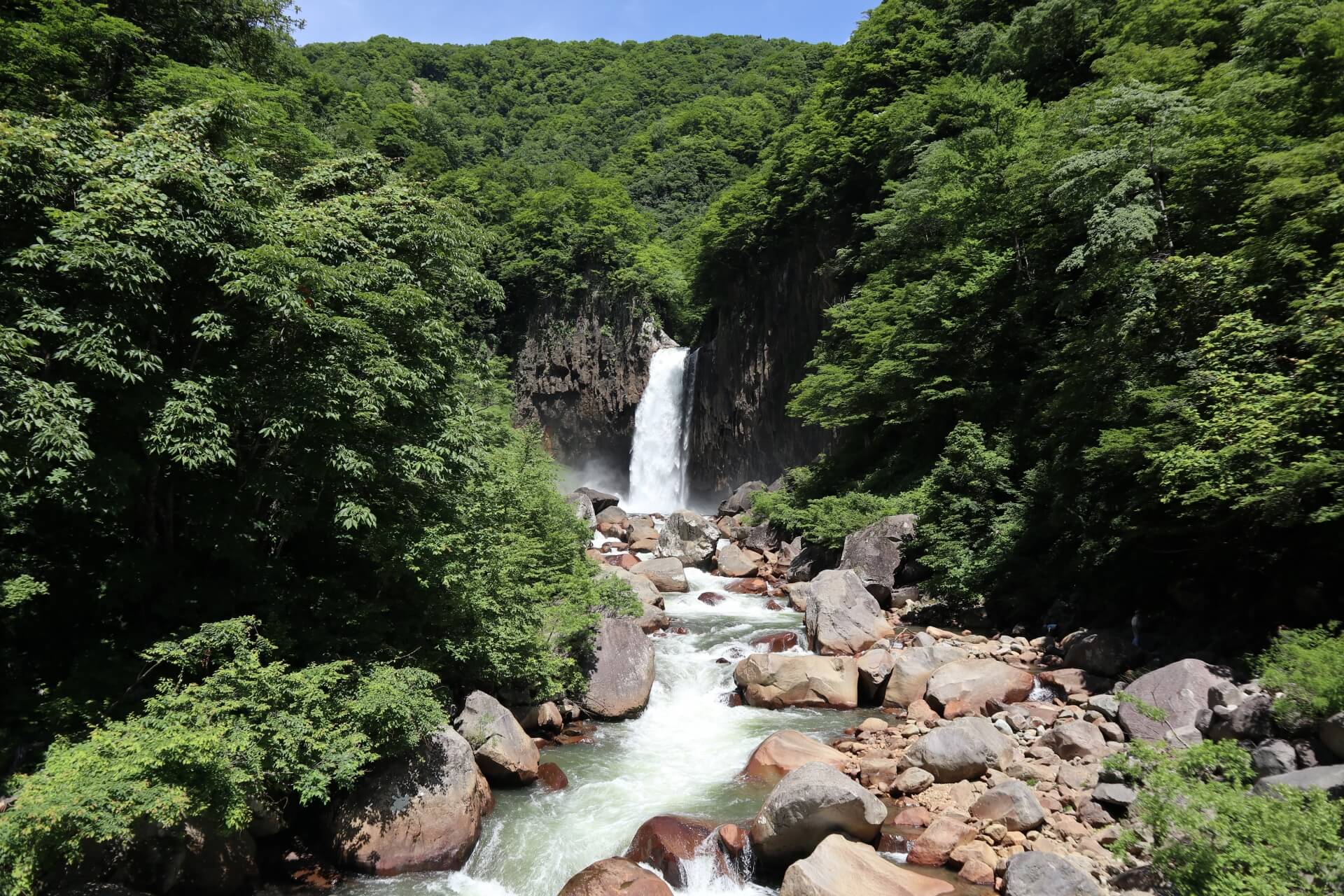
Autumn / September to mid-November
Autumn in Myoko-Togakushi Renzan is all about the leaves. The national park is regarded as one of Japan’s best locations to enjoy the colours of autumn, which are typically at their best anytime from late-September through to early-November depending on the exact area of the park you’re headed to. Forests in the higher areas of the park will begin to turn first before the more easily accessible regions are at their most spectacular through October. This includes the area around the Togakushi shrines which is truly spectacular through autumn. With the weather cooling quickly it’s an ideal time to venture to the area to enjoy Togakushi’s renowned ‘soba’ (buckwheat noodles) and staying at a local ‘shukubo’ (traditional temple lodging).
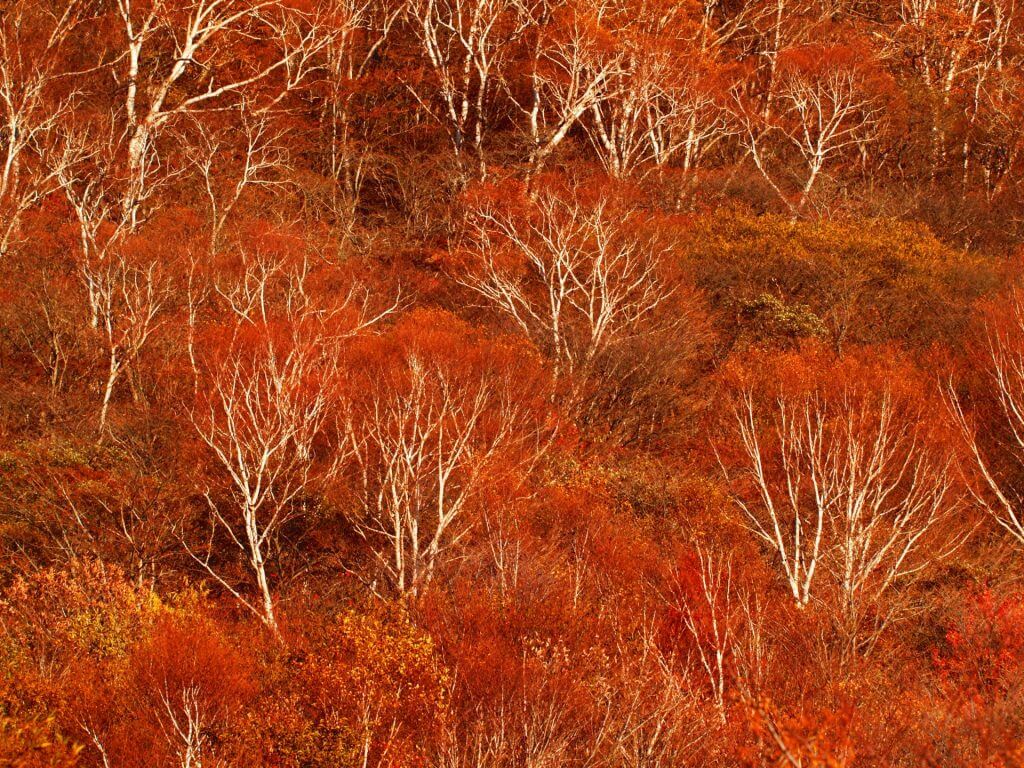
ADVENTURE EXPERIENCES IN MYOKO-TOGAKUSHI
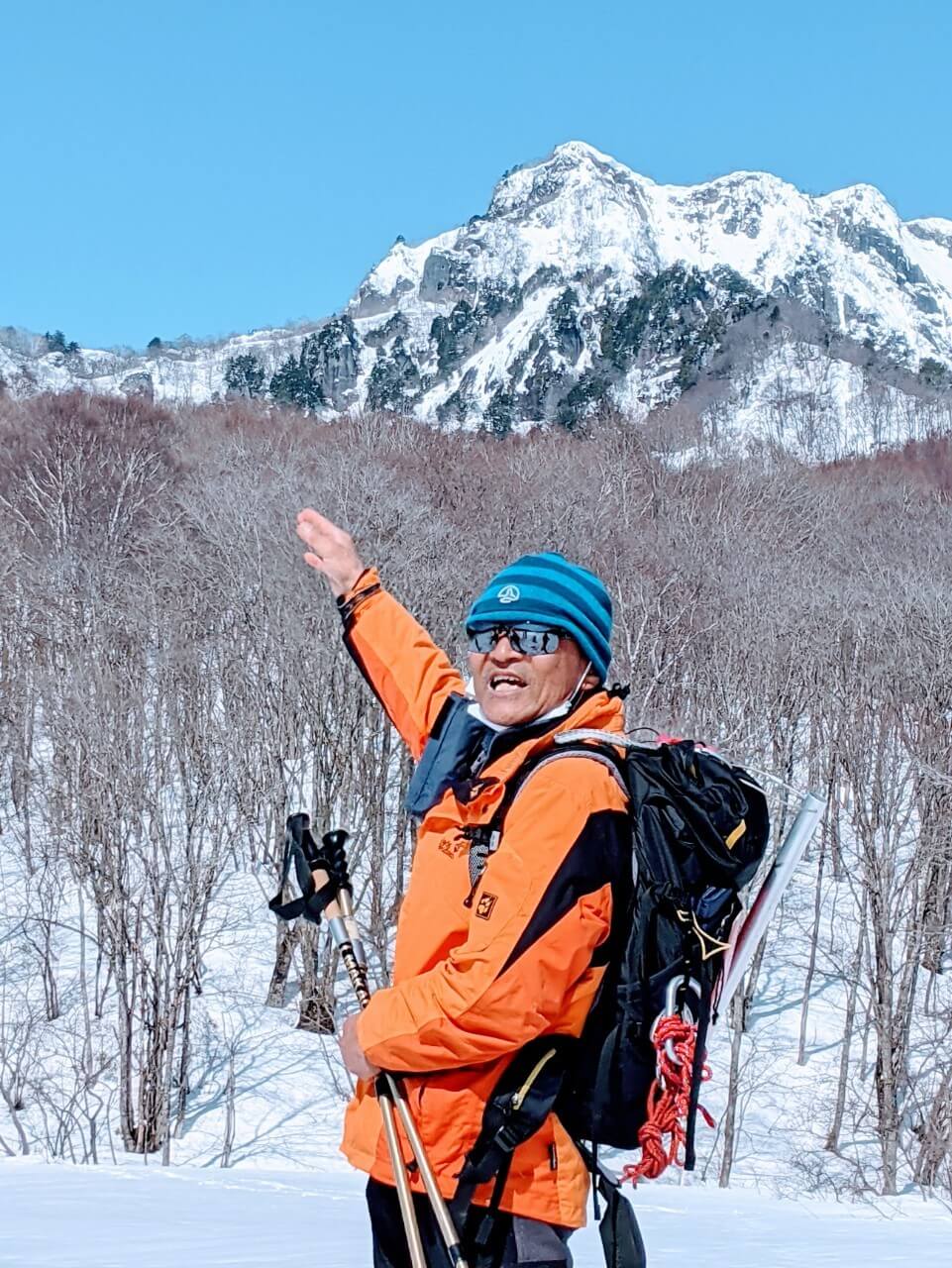
Offering fantastic skiing and snowboarding in winter, hiking and mountaineering from late-spring until autumn, traditional experiences, wildlife experiences, family-friendly activities, camping and more, Myoko-Togakushi Renzan National Park is an ideal destination for any visitors looking for some adventure while in Central Japan. Check-out our ‘Japan Adventure Travel’ page for lots of great information, tips and suggestions of what’s on offer within and nearby the national park.
ACCOMMODATION inc. HOT SPRING VILLAGES
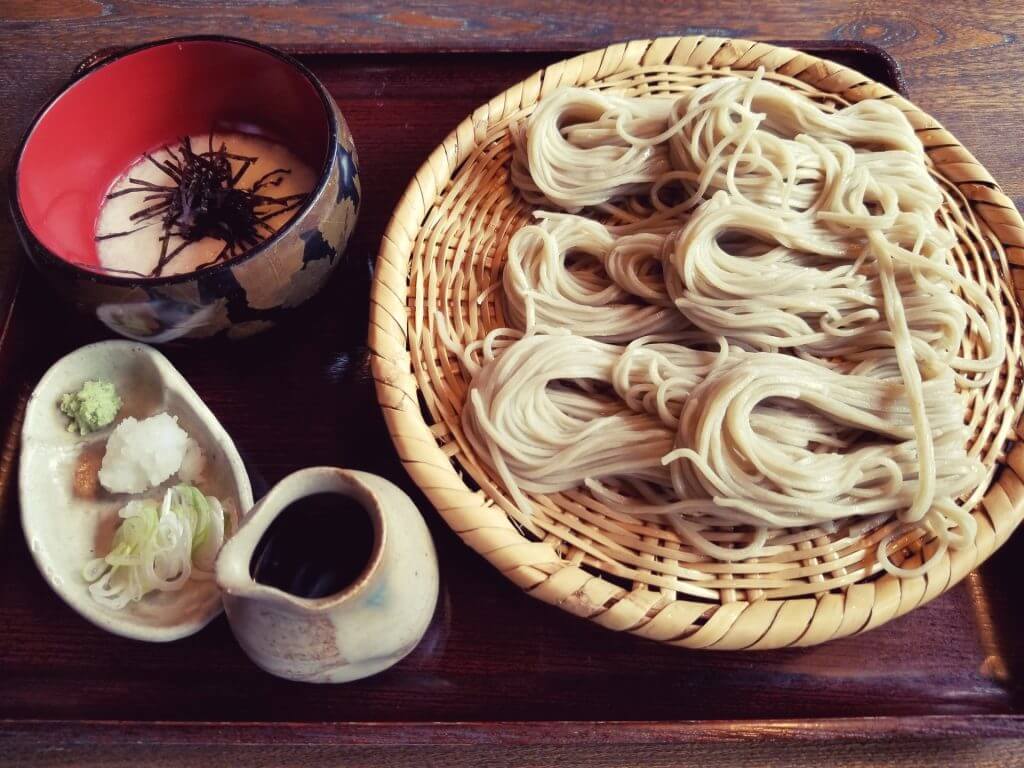
Visitors to Myoko-Togakushi Renzan can choose between staying within the park at locations in and around Togakushi village, on the border of the park at the locations including Akakura Onsen or in nearby Nagano City. When planning your visit, we recommend the following areas:
Togakushi Village
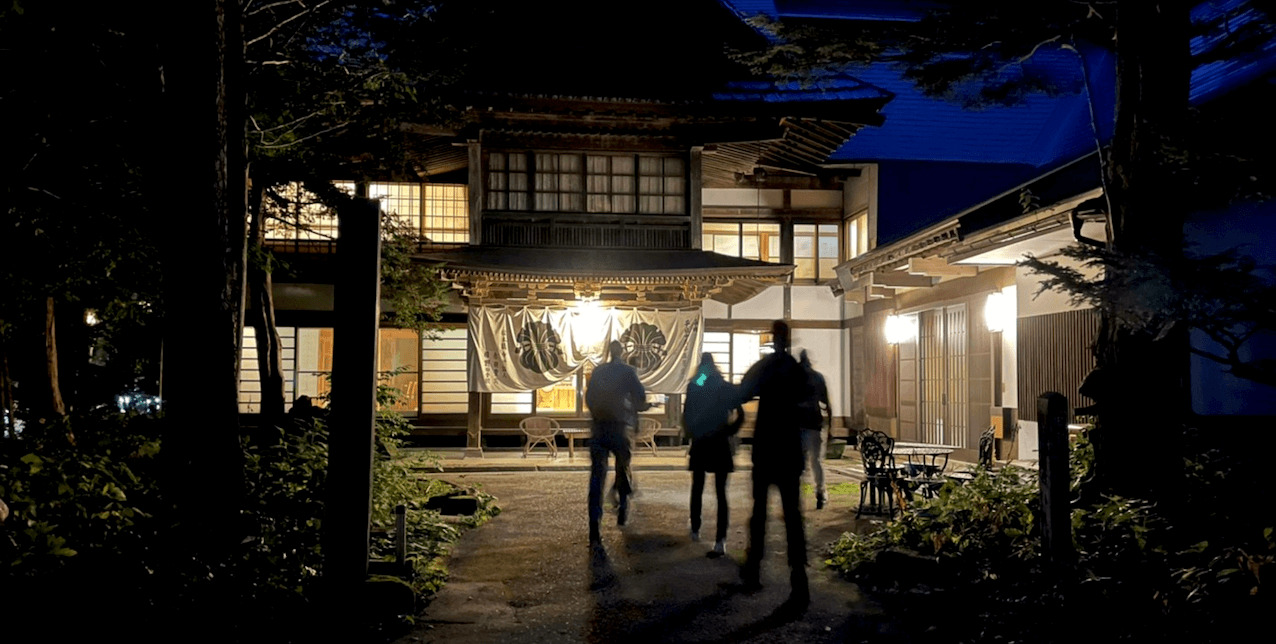
The area around Togakushi village boasts multiple guesthouses. Most are family-run ‘ryokan’ (traditional guesthouses) including multiple ‘shukubo’ – traditional guesthouses that act as lodgings for people on pilgrimage to the shrines and walking the trails. Offering relaxing stays and traditional comforts in association with the shrines, shukubo welcome guests of any faith and background and are not restricted to those on pilgrimage or require any knowledge of Shintoism or Buddhism. In addition, there are multiple ski lodges and small hotels around Togakushi Ski Resort, although not all operate throughout the year. For accommodation listings, see our ‘Togakushi Area’ hotel page. Togakushi village and the ski resort can be reached using public bus services from Nagano Station – taking between 40 to 60-minutes depending on you exact destination and time of year you’re headed there (as snow and ice affect road conditions through winter).
Togakushi Campground
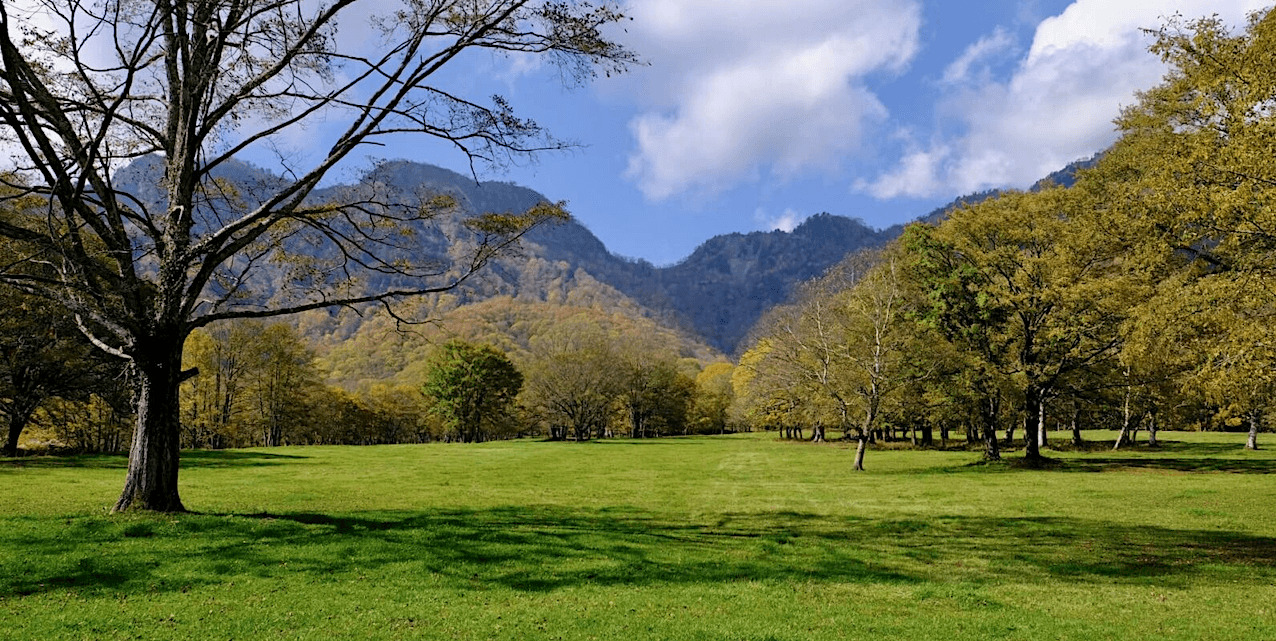
A good alternative nearby the village, Togakushi Campground is accessible all year round, however the campground and its facilities operate from late-April until the end of October. Located next to Togakushi Ranch and with fantastic views of Mount Togakushi, the campground has space for more than 350 auto-campers, cabins, outdoor kitchens and stoves, showers and toilets and a small shop. Togakushi enjoys a notably cooler climate than the valley below, even in summer when the temperature is regularly around 10°C cooler than Tokyo. Easy to get to from the capital via nearby Nagano Station and offering welcome relief from the summer heat and crowds of the city, camping in Togakushi is great option when looking for a tree-change and space to enjoy the national park with family and friends.
Nagano City
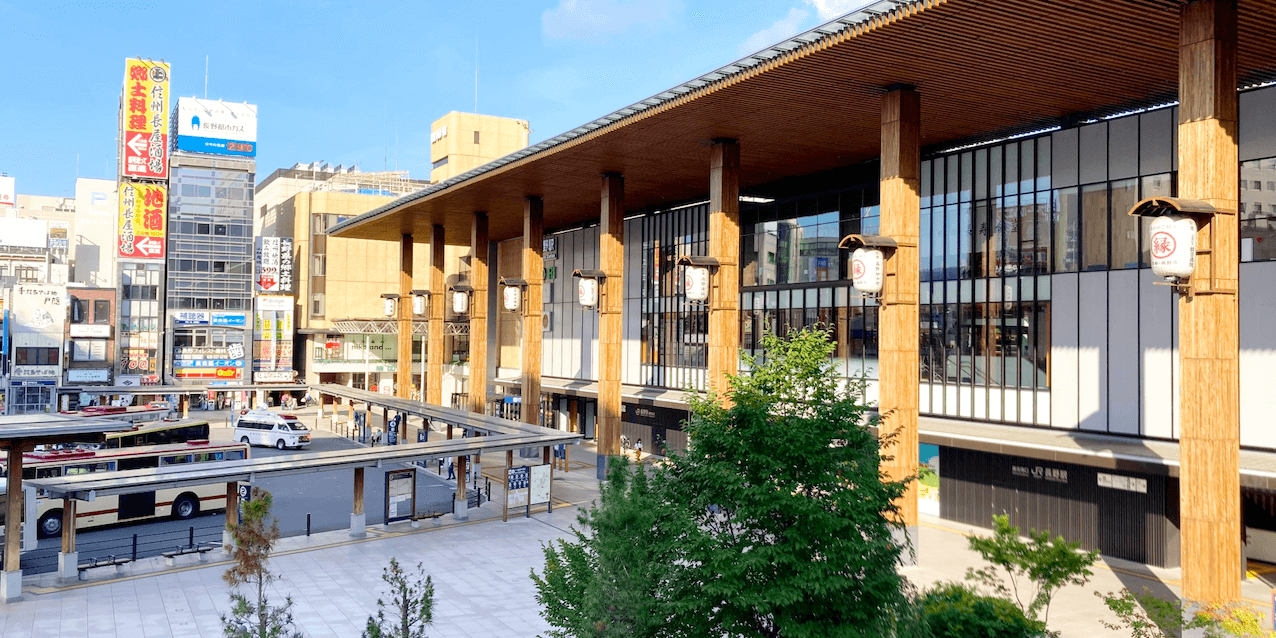
The Togakushi area of the national park actually lies within the boundary of Nagano City, making it a convenient place to stay when exploring the southern half of the park. Public bus services run from outside Nagano Station to many areas in the park while staying in the city opens-up the largest range of accommodation options, dining and nightlife. For visitors seeking hotels with Western amenities including bedding, private bathrooms, Western cuisine and English-speaking staff, staying in Nagano City is your best option when headed to the park. For accommodation listings, see our ‘Nagano City Area’ hotel page.
Akakura Onsen
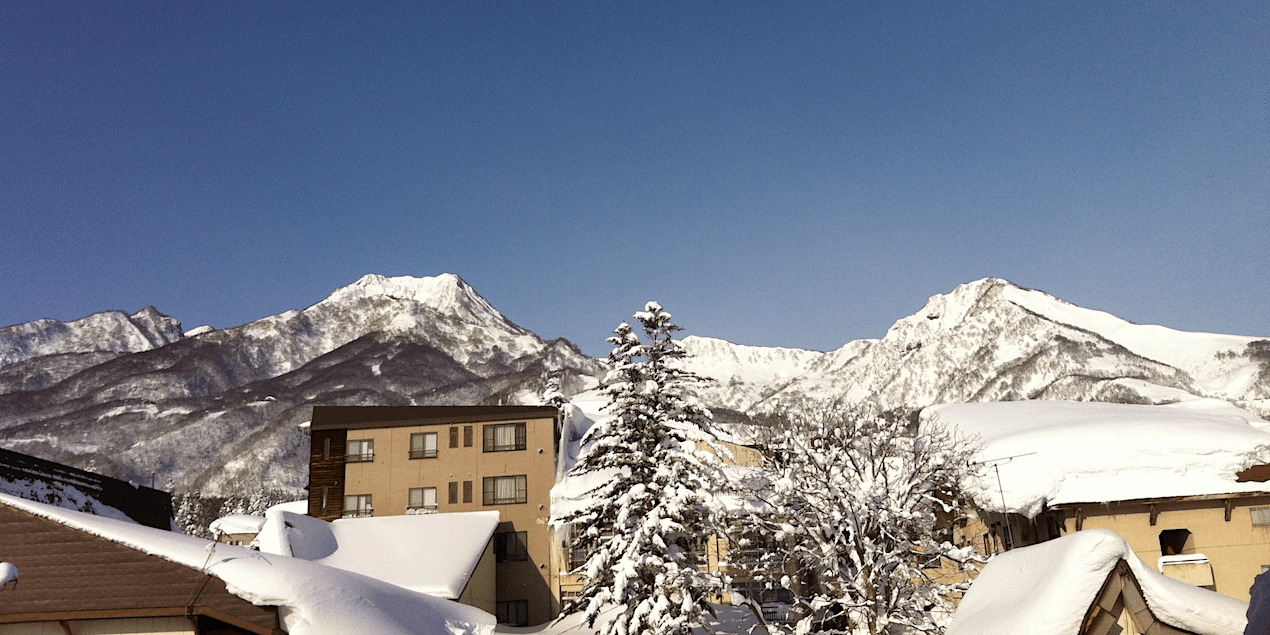
Guests looking to enjoy the national park in a traditional ‘onsen’ (hot spring) village might like to consider heading to Akakura Onsen. Located in the shadow of Mount Myoko, Akakura Onsen acts as the main village for the ski resorts of Myoko Kogen and offers the greatest range of accommodation and restaurants in the northern area of the national park. Don’t expect too much. The town is showing its age and is particularly quiet outside of winter however it offers some decent accommodation options, most of which are family-operated meaning you’ll receive a warm welcome. Located within easy reach of Mount Myoko, Naena Falls and nearby Myoko-Kogen Station, Akakura Onsen is the northern gateway to the national park. For accommodation listings, see our ‘Myoko Kogen: Akakura Onsen Area’ hotel page.
GETTING TO & AROUND MYOKO-TOGAKUSHI
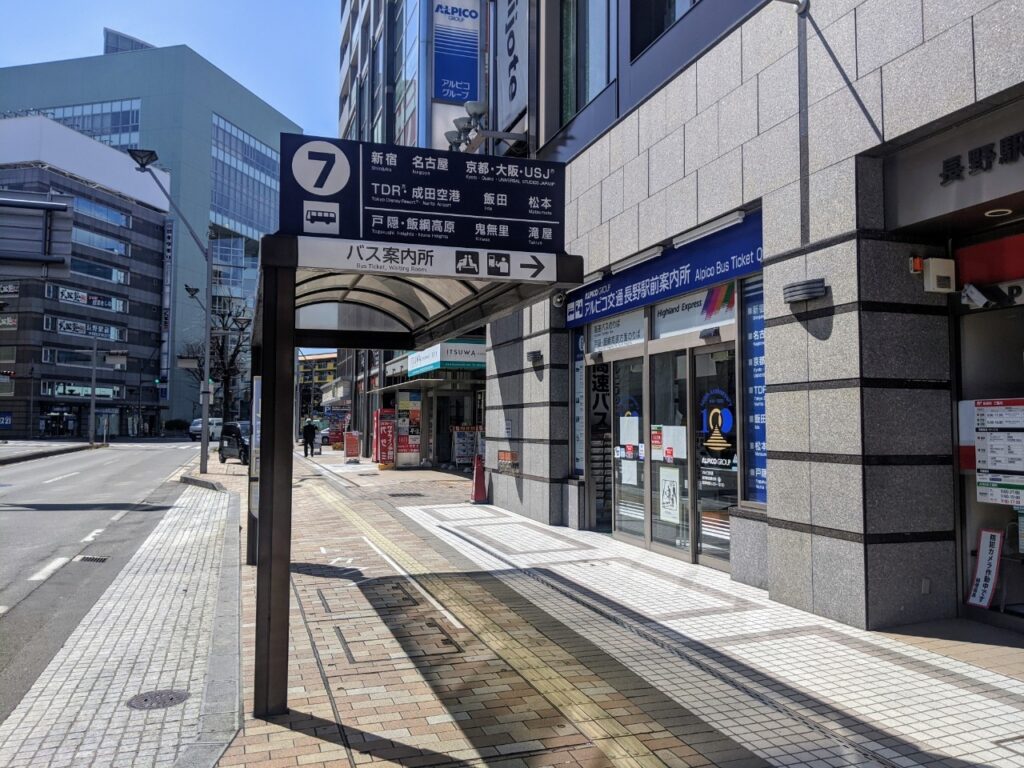
Though the national park is relatively small, it straddles two prefectures with popular destinations within its boundary best-accessed from different points/towns:
Approaching from the south: as a stop on Hokuriku Shinkansen line running from Tokyo to Kanazawa, Nagano Station is only 35-minutes drive from the lower areas of the national park and between 45 to 60-minutes by local bus to Togakushi village. As such, Nagano Station/City is the main gateway to the national park and best point from where to access the southern half of the park including the attractions in around Togakushi. For more information see our ‘How to Get to Togakushi’ page.
Approaching from the north-east: for visitors heading to the Mount Myoko region of the national park, the easiest access point is Myoko-Kogen Station. This includes the ski resorts of Myoko Kogen and Naena Falls. The station can be accessed using the Kita-Shinano Line which runs to-and-from Nagano Station, making it easy to reach from Tokyo and beyond. Local buses and taxis run from Myoko-Kogen Station to Akakura Onsen, the most convenient accommodation area on that side of the national park.
Approaching from the west: visitors heading to the western-side of the park to locations nearby the north coast, including Mount Hiuchi and Mount Amakazari, it will be easiest to do so via Hakuba using the Oito Line. Heading north of Hakuba Station, train services run to Nakatsuchi Station from where local buses and taxis will transport to you to the western-side of the park.
TOURS AND CHARTERS TO THE MYOKO-TOGAKUSHI RENZAN NATIONAL PARK
Want to experience the Legends of Togakushi for yourself?
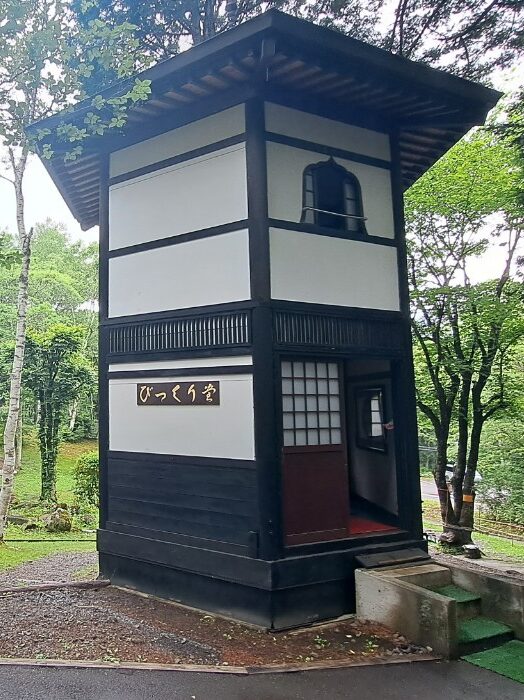
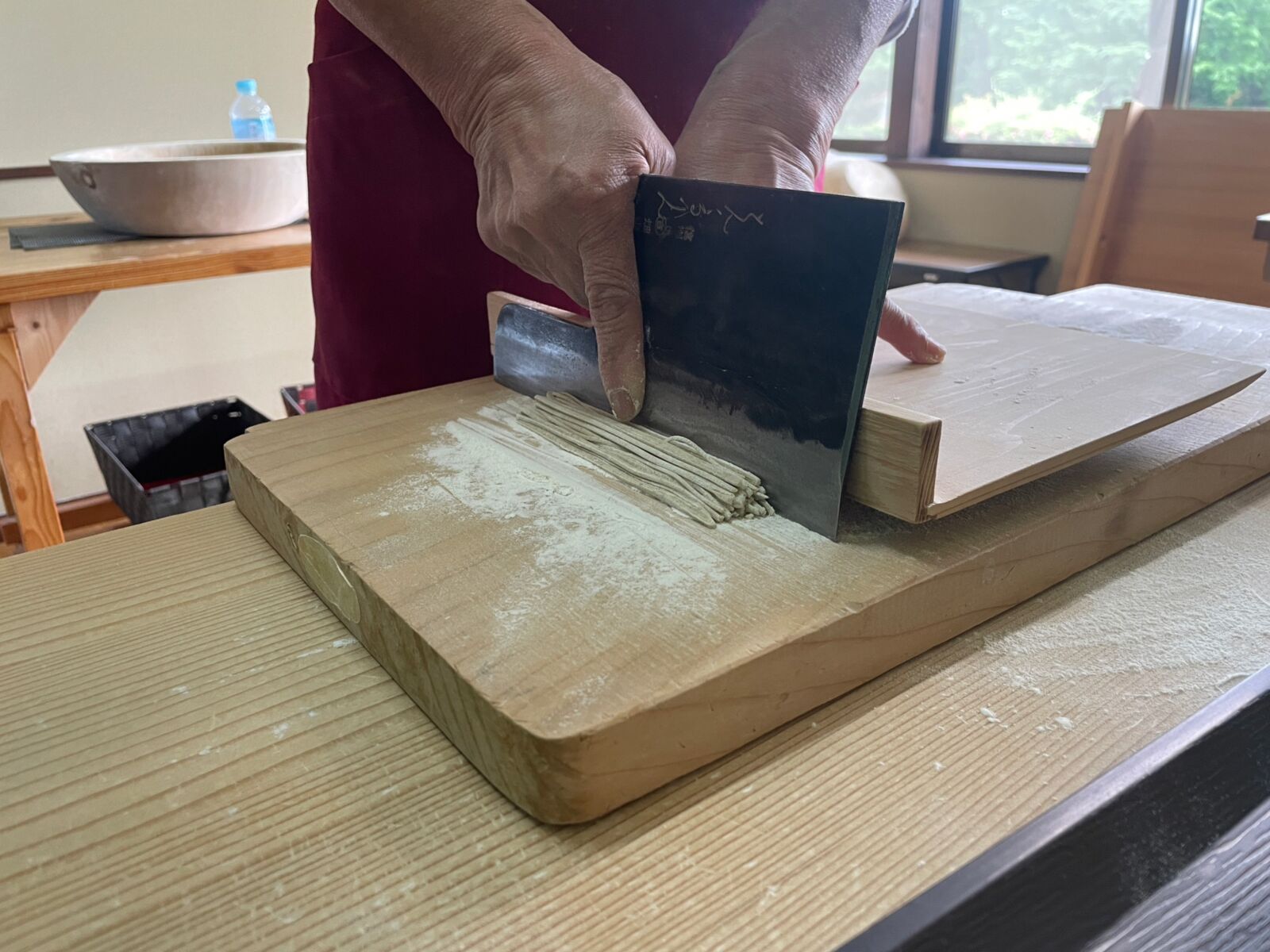
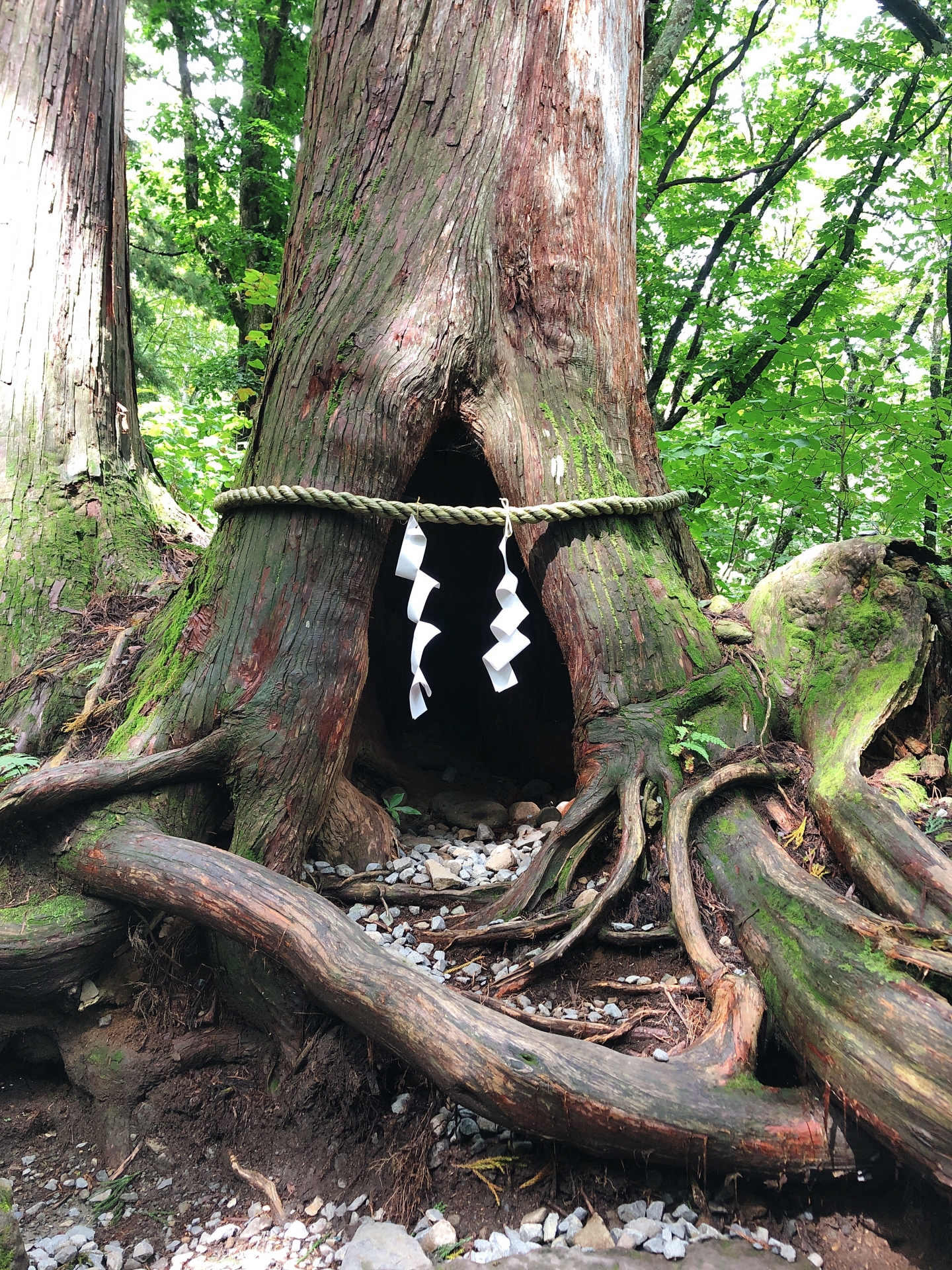
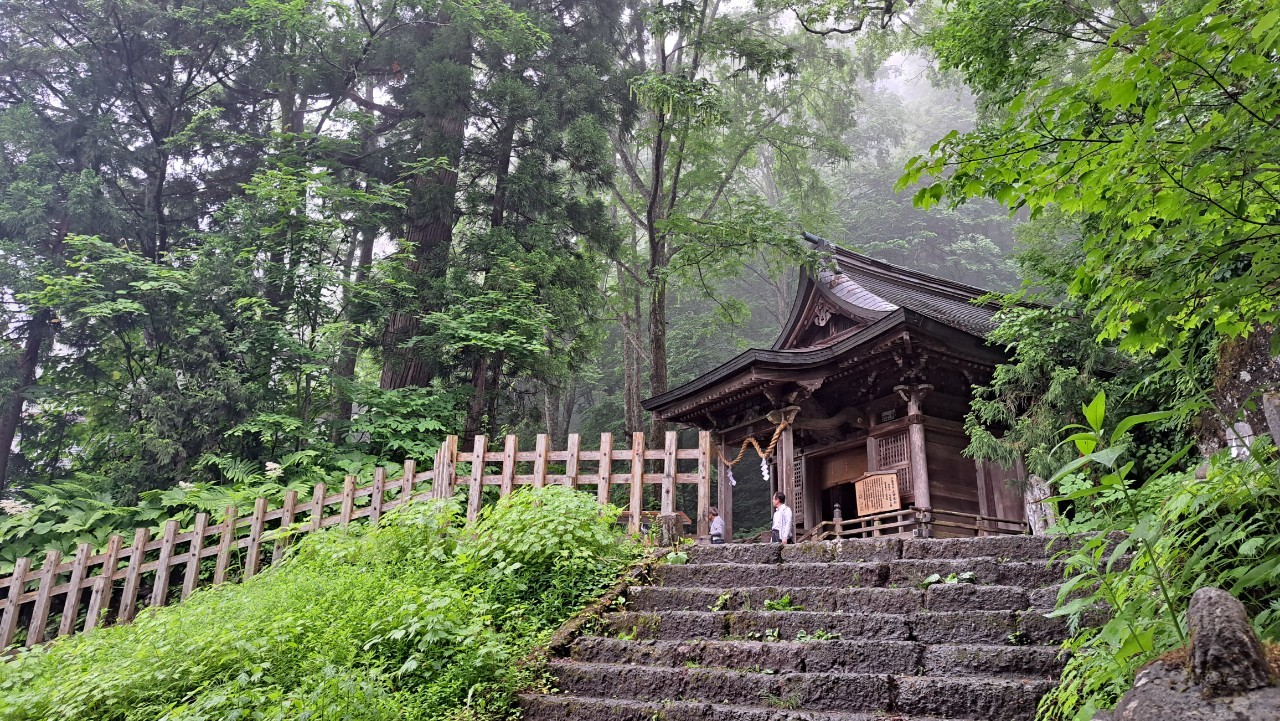
Based in Central Japan and operating in July, August, September, October and November, we offer a highly entertaining group-tour of Togakushi that is sure to please! All tours are led by locally-based guides and combine a visit to several places-of-interest in Togakushi, including a hands-on soba noodle crafting experience, ninja village trick house, and a visit to an ancient Shinto shrine hidden within the avenue of giant cedars! Our tours are fun, interactive and family-friendly. For more information, or to book a tour, click on the banner or button below.
1 Day Tour
| 1-Day Togakushi Legends Tour: Hands-on Soba Noodles, Ninja Village, and Hidden Shrines | |
|
| |
| Period | July to November |
| Time | 09:35 – 17:20 |
| Meeting Place | Nagano Station Information Board |
| Adult Rate | ¥19,800 |
| Child Rate | ¥11,000 |

Of course, we also offer private tours and transport in and around the Togakushi area, and other regional destinations. Our drivers and vehicles are fully certified, allowing us to transport you to and from your preferred destinations in combination with any activity that suits your schedule. All vehicles are well-maintained and in good condition, allowing you to relax and enjoy your ride to wherever you are going.
We can arrange both private tours with an English-speaking guide or a private charter, including a private vehicle and driver but without a guide. We’d love to be part of your adventure in Central Japan and help you discover even more!
Got a question about visiting Togakushi or the general Nagano area? Click the ‘INQUIRY’ button below to contact us and let’s get planning together!










